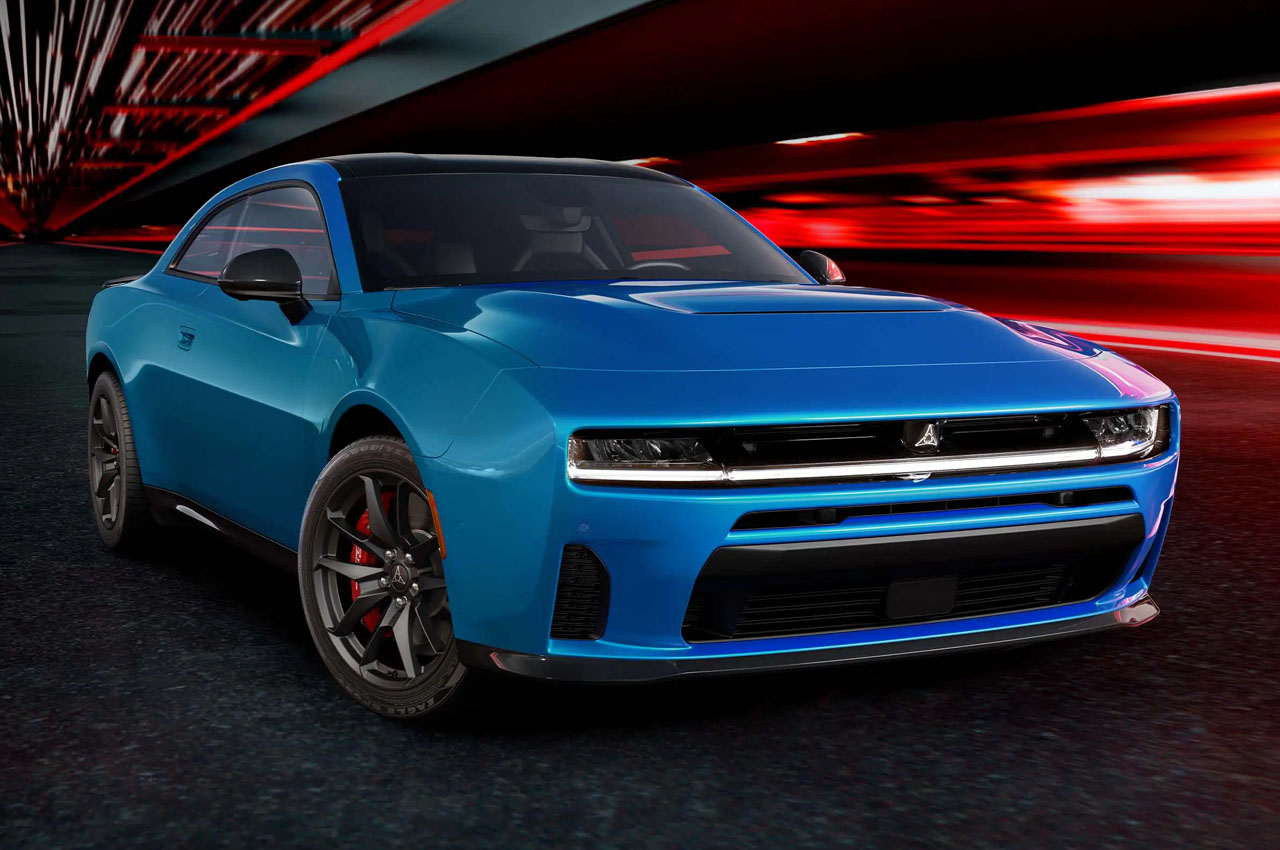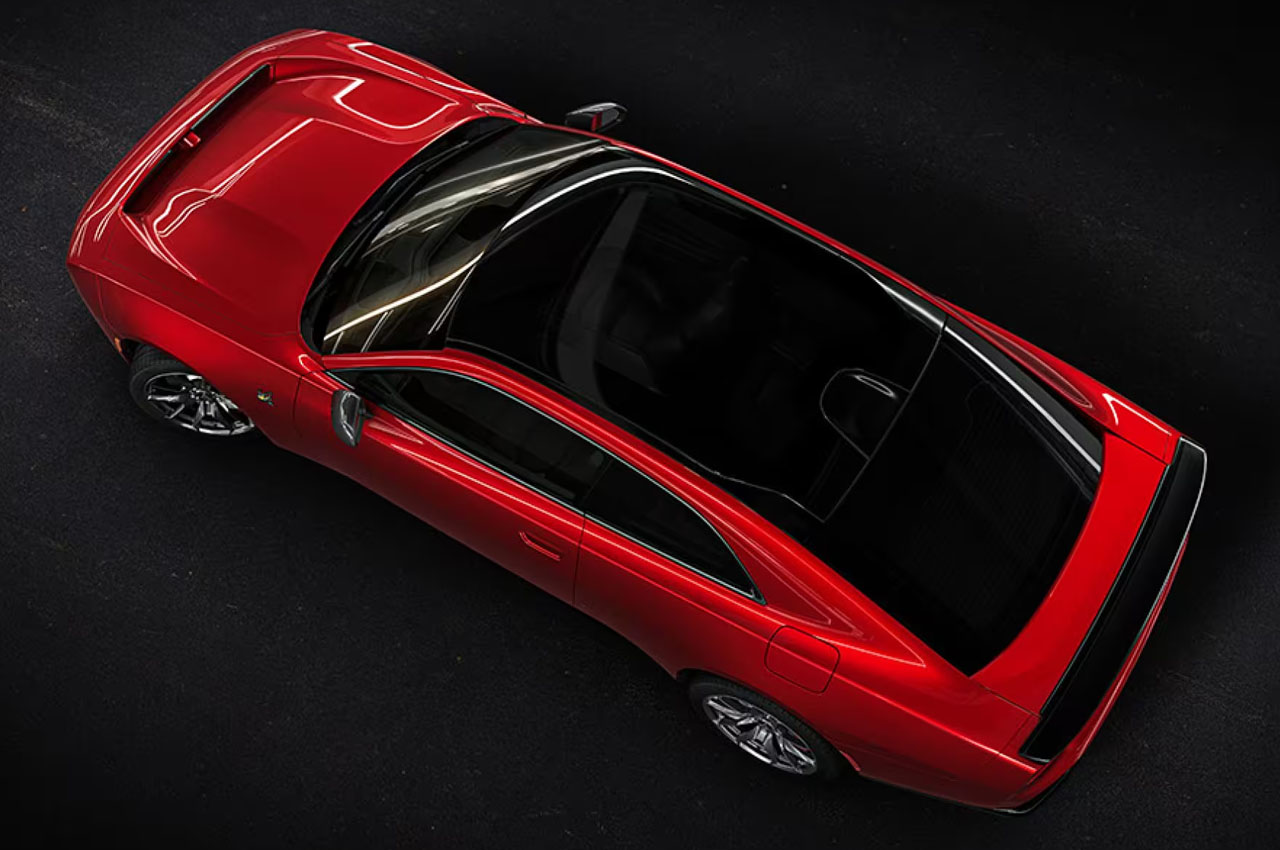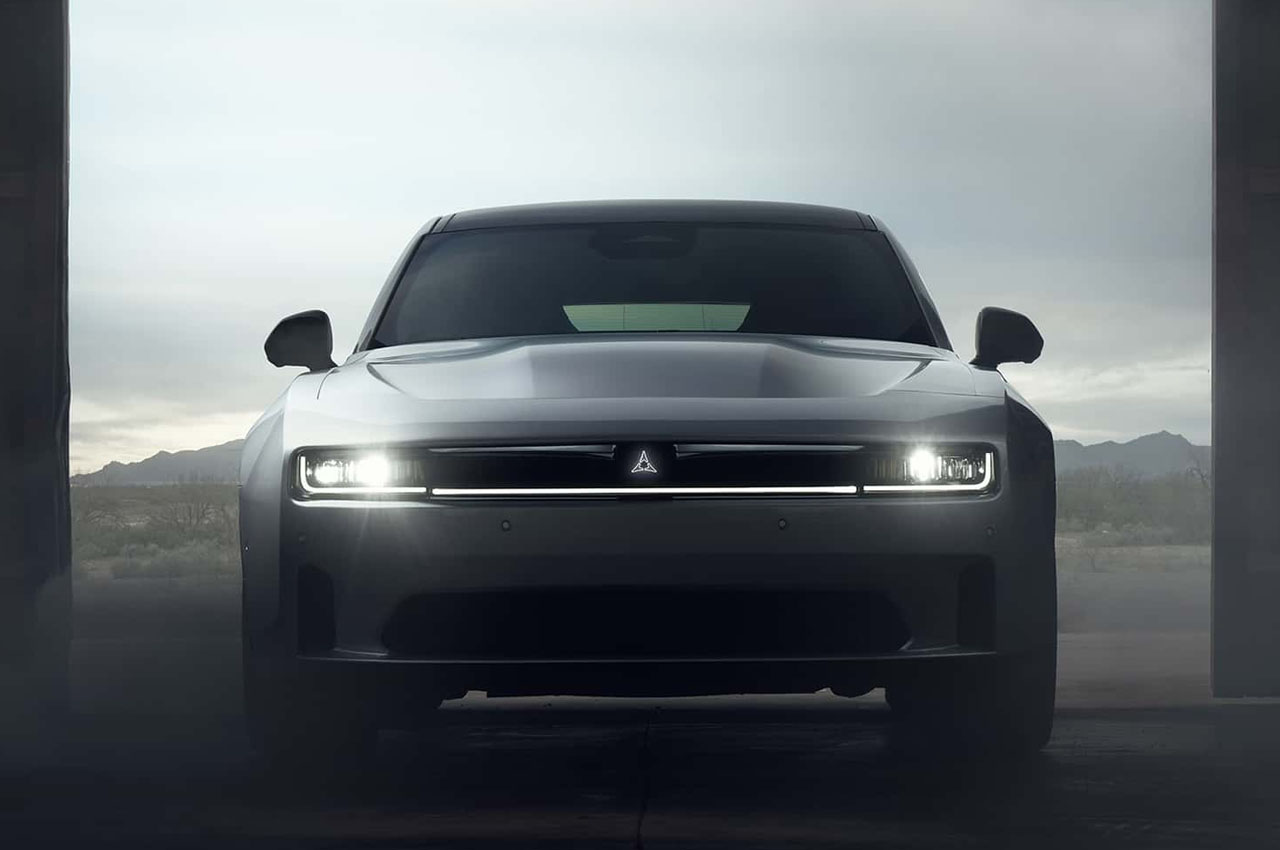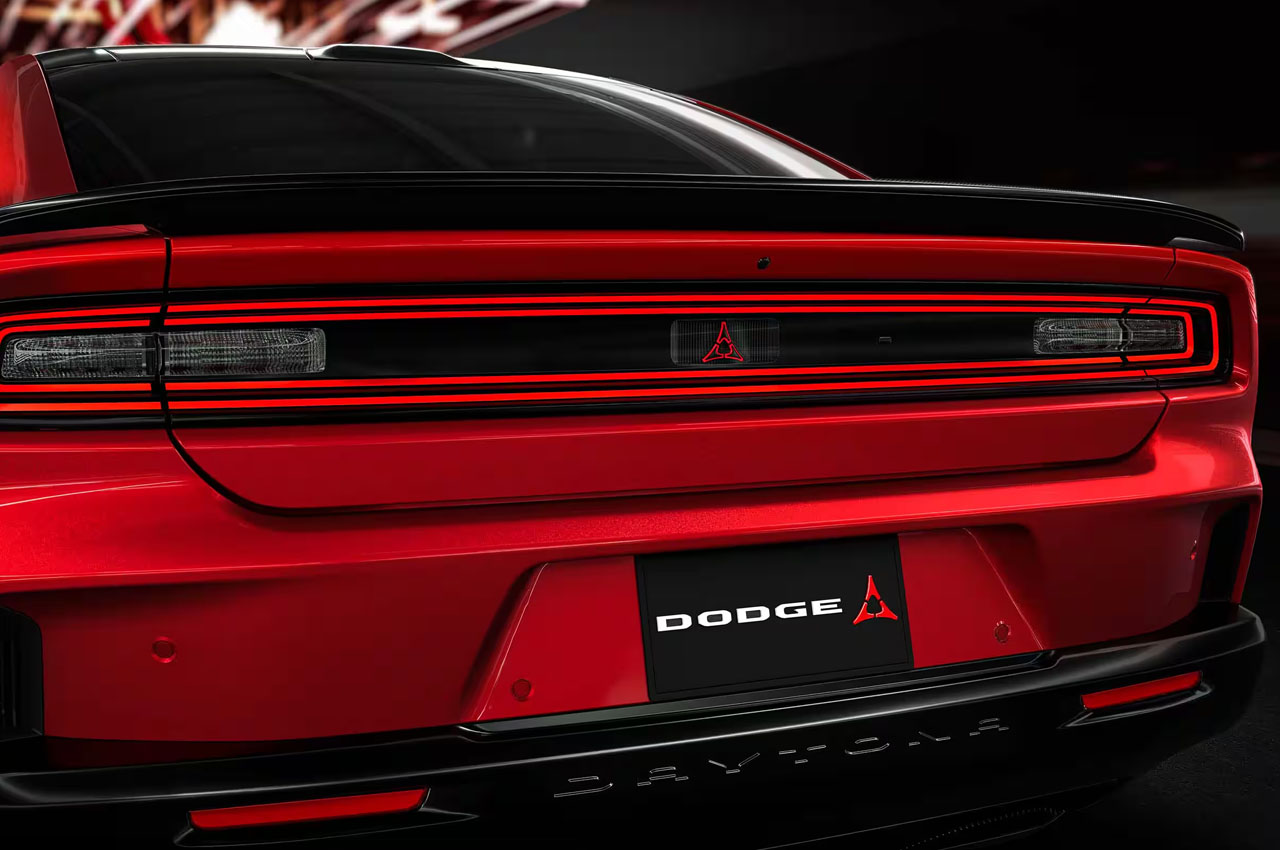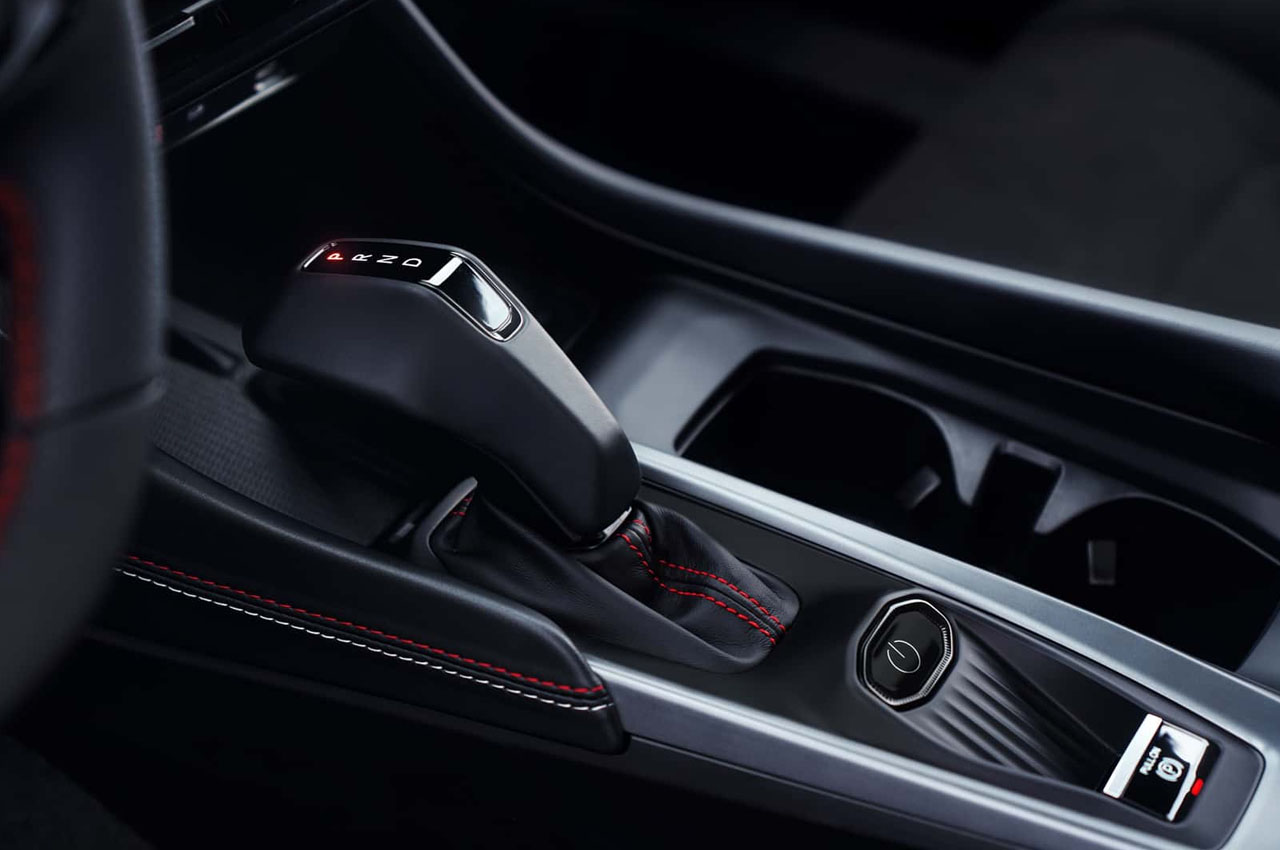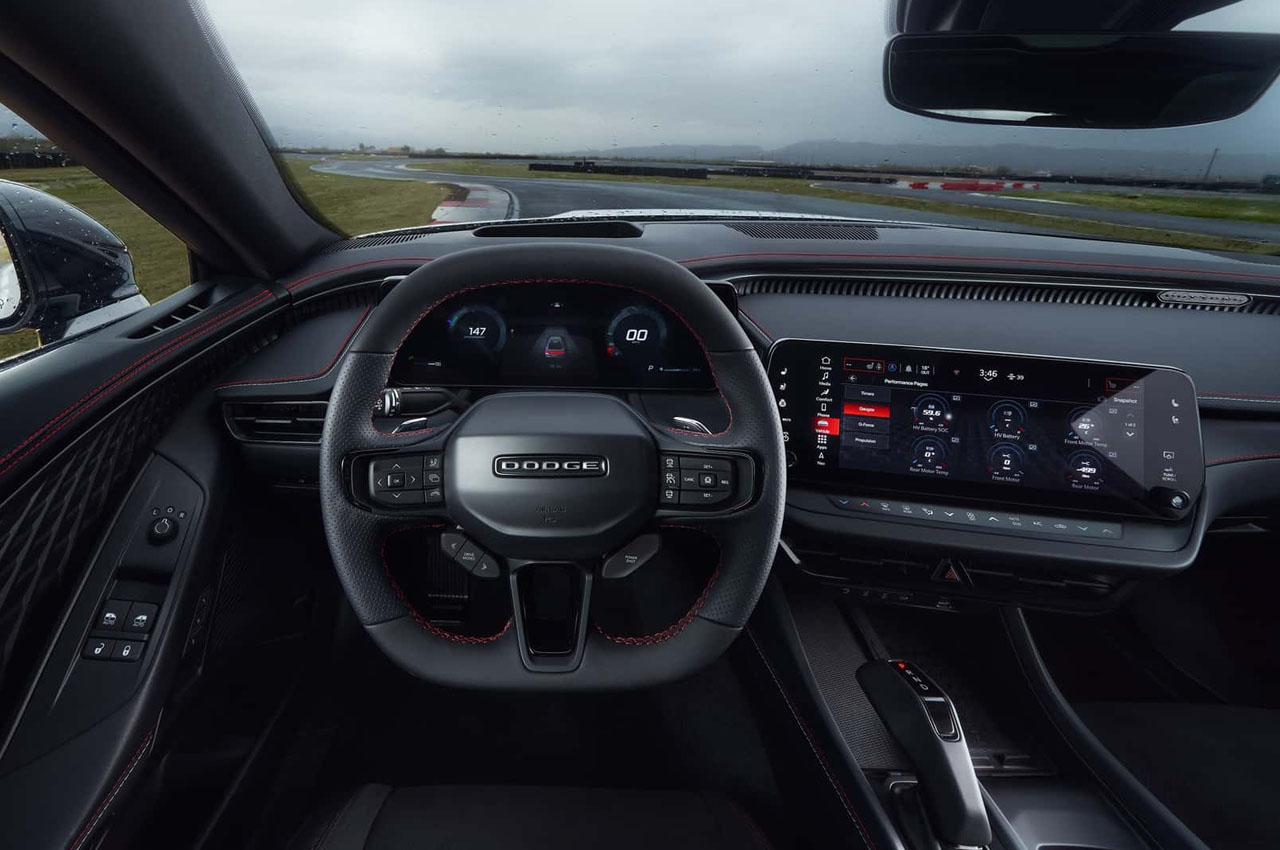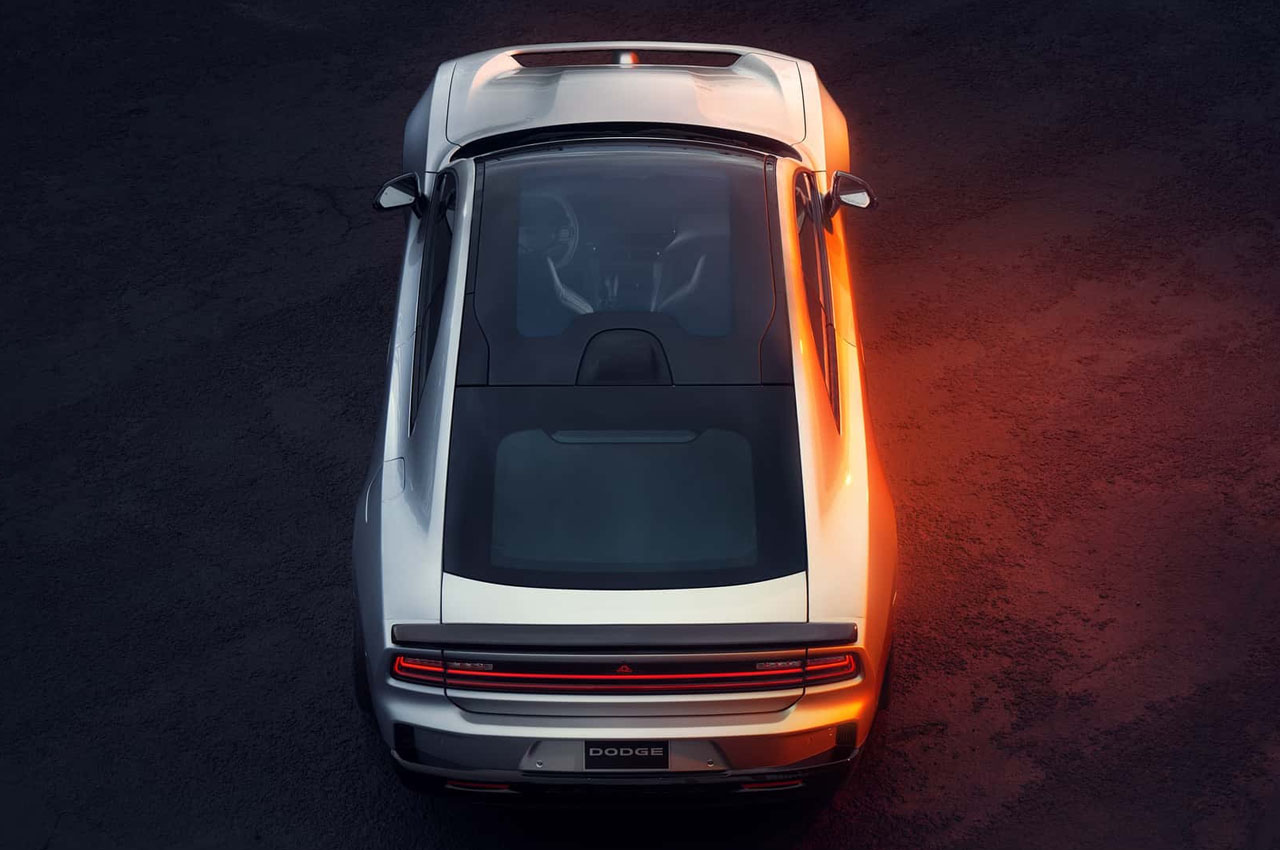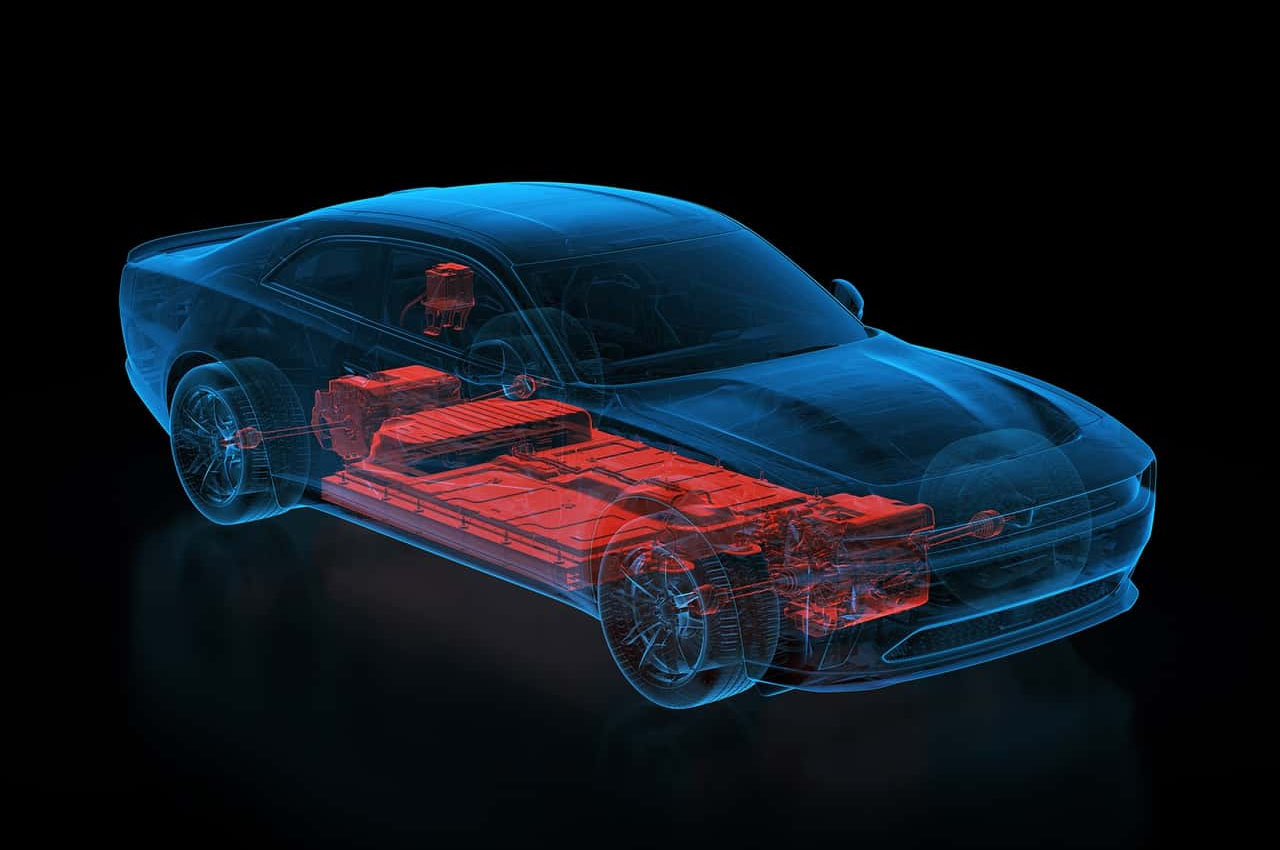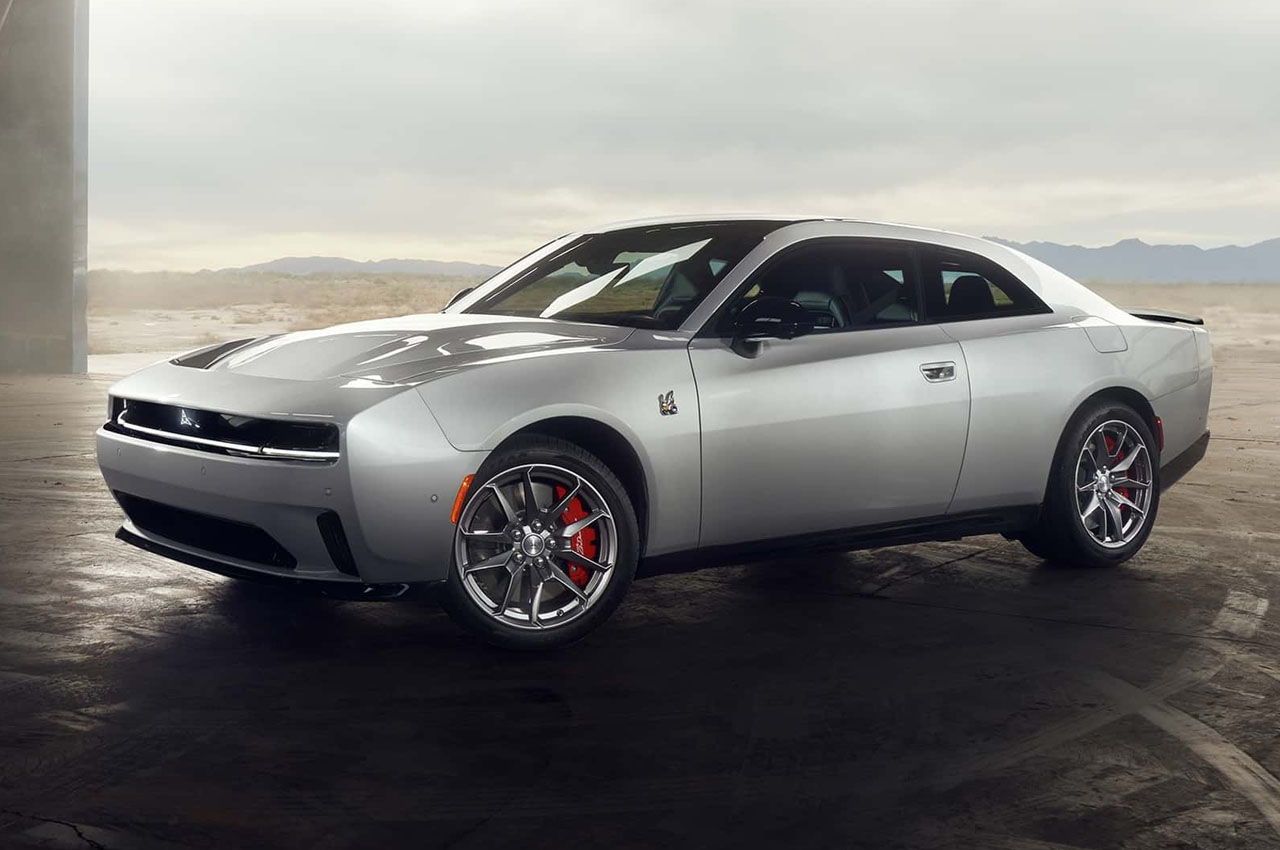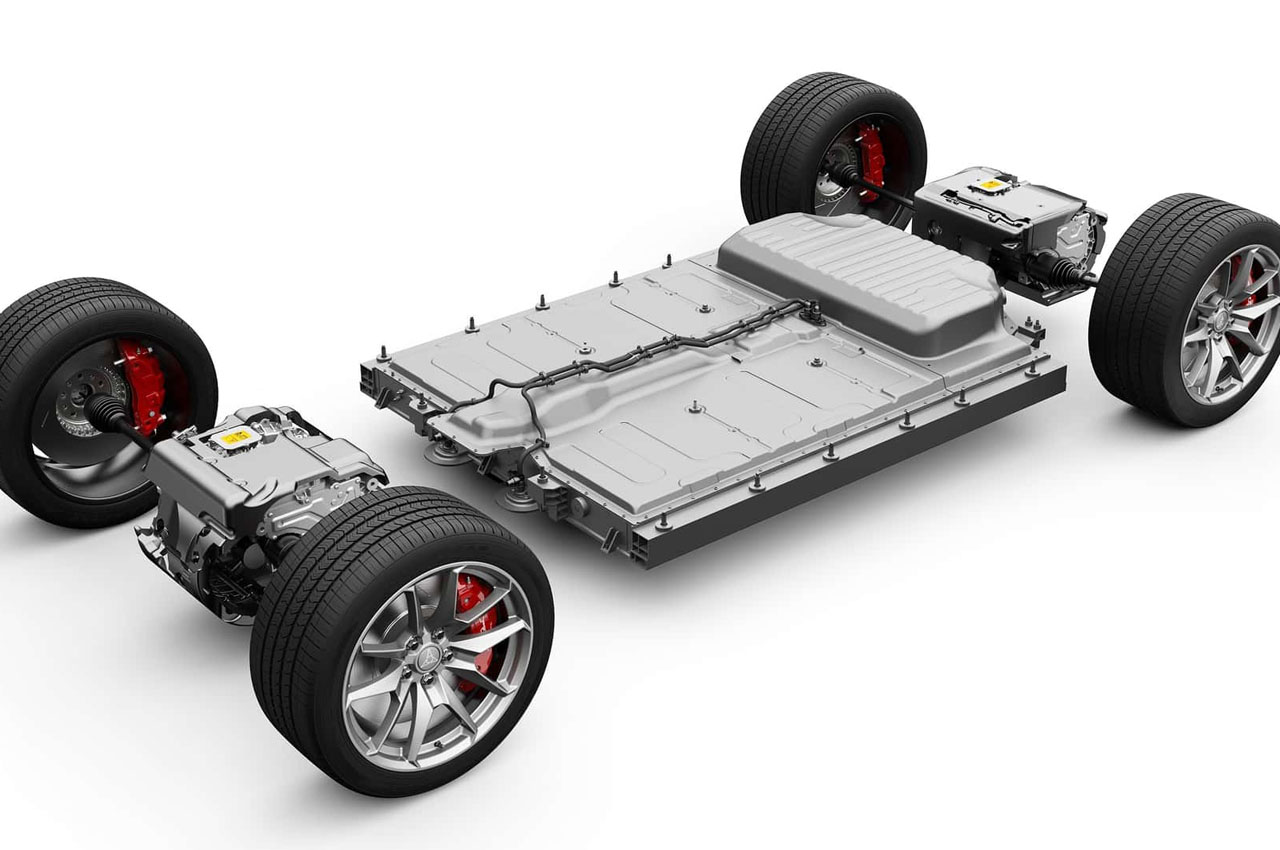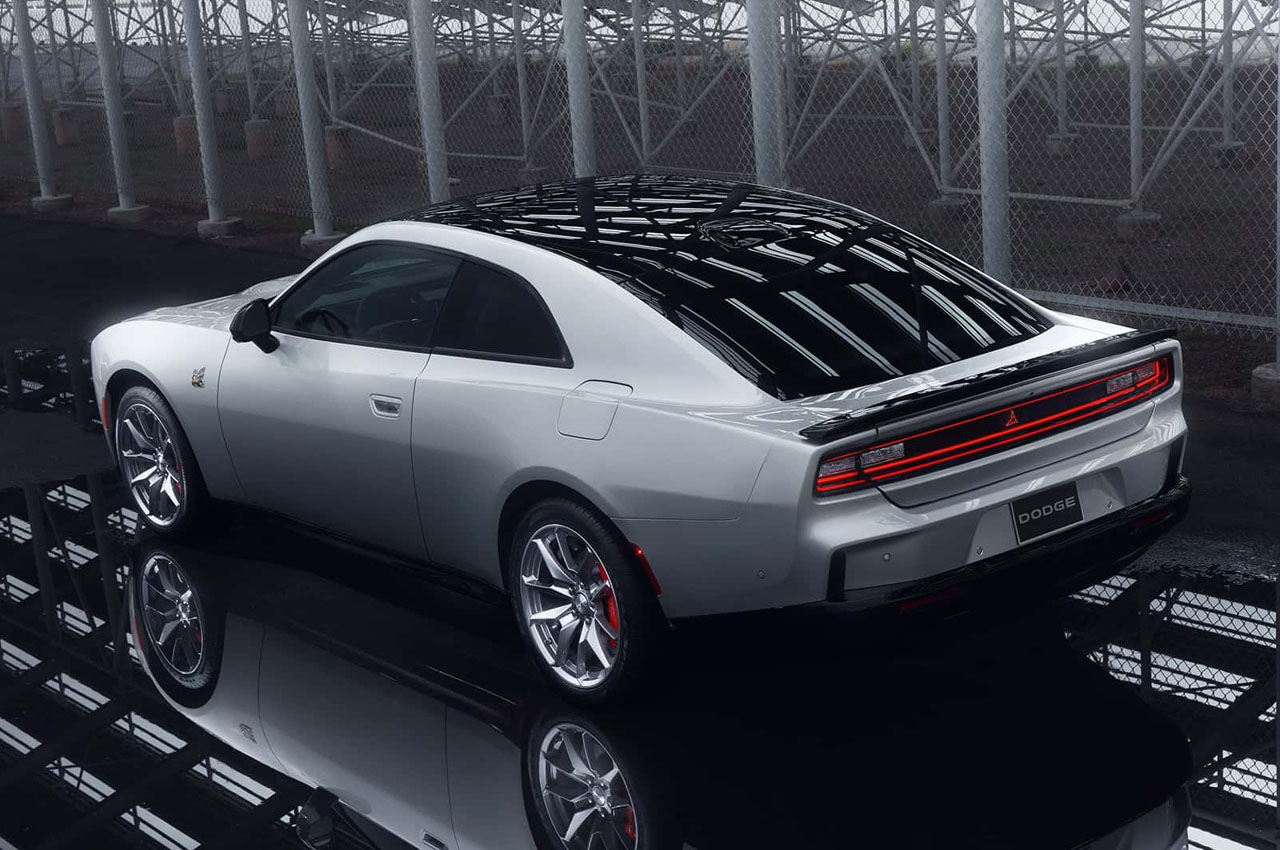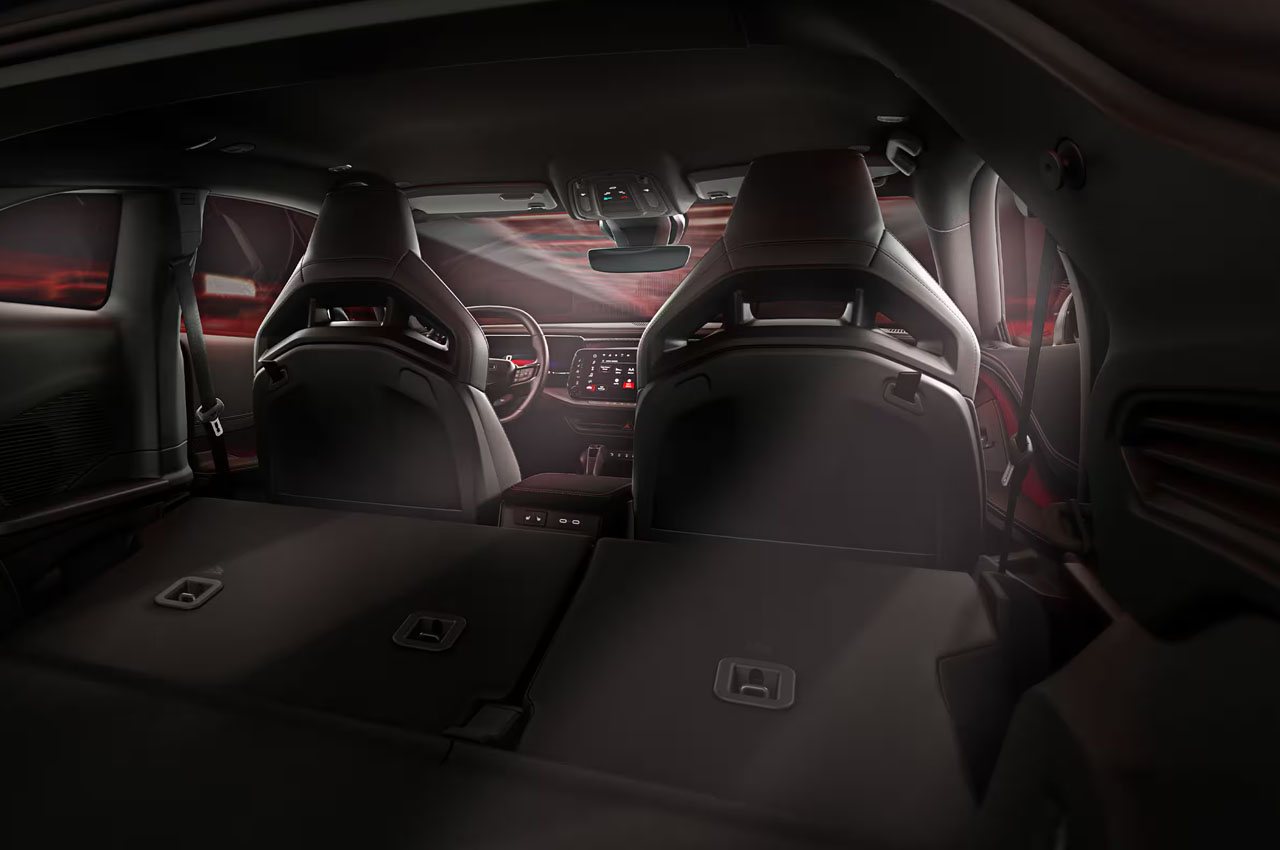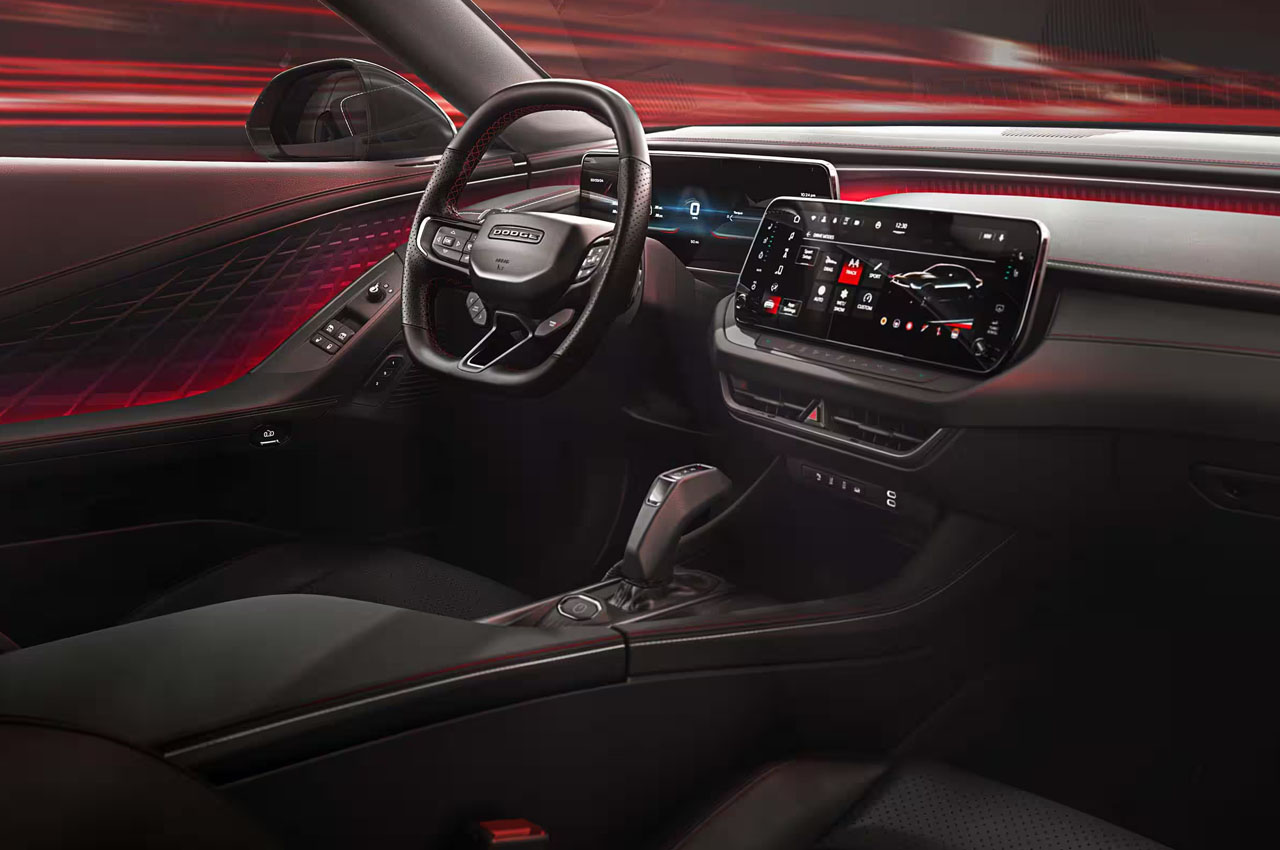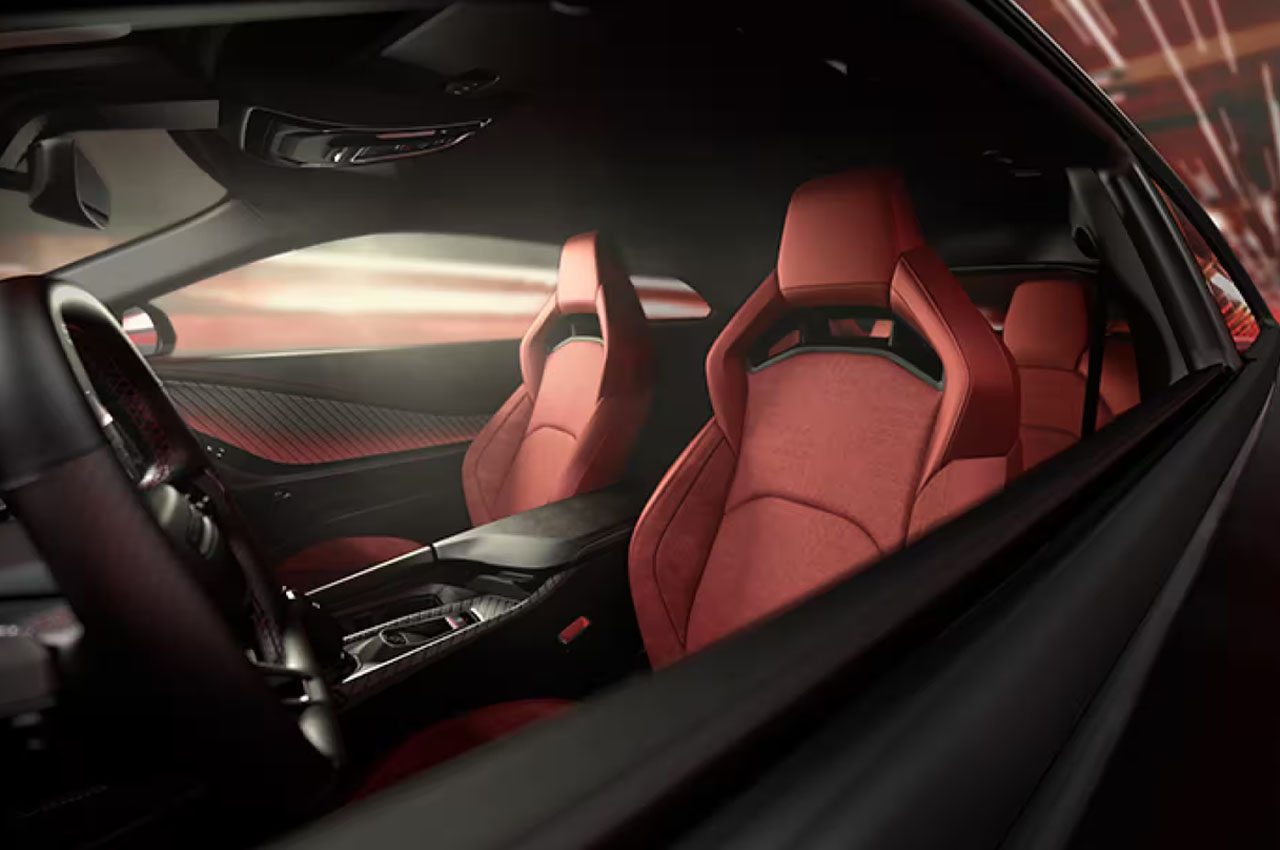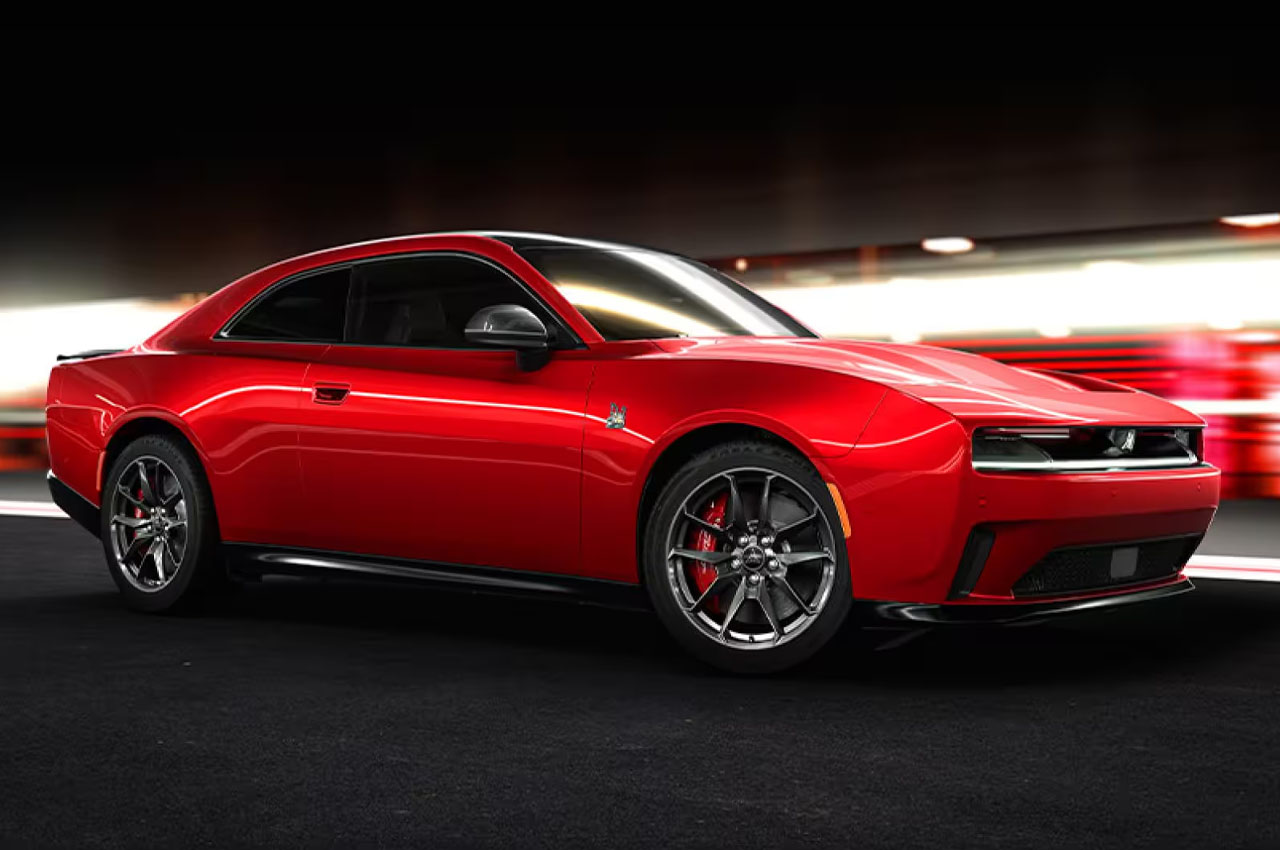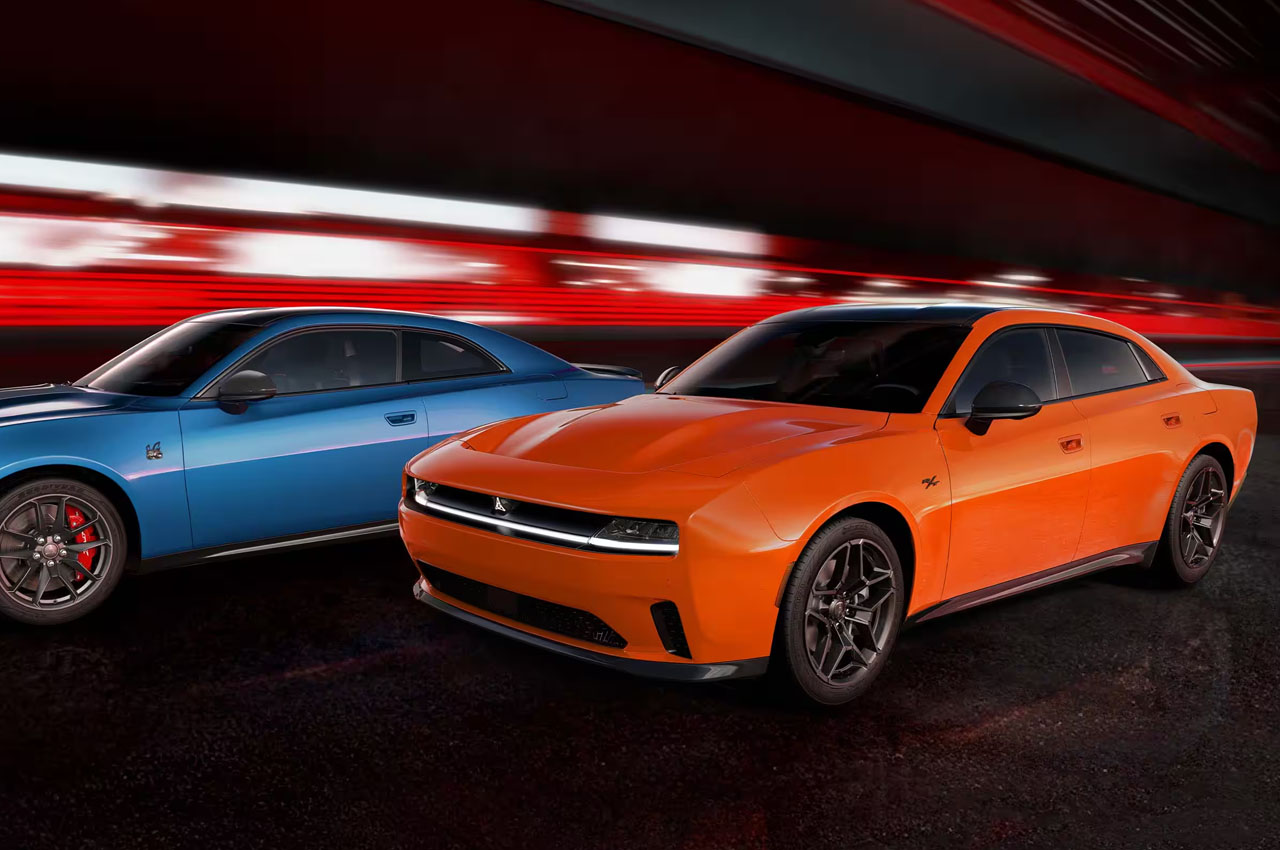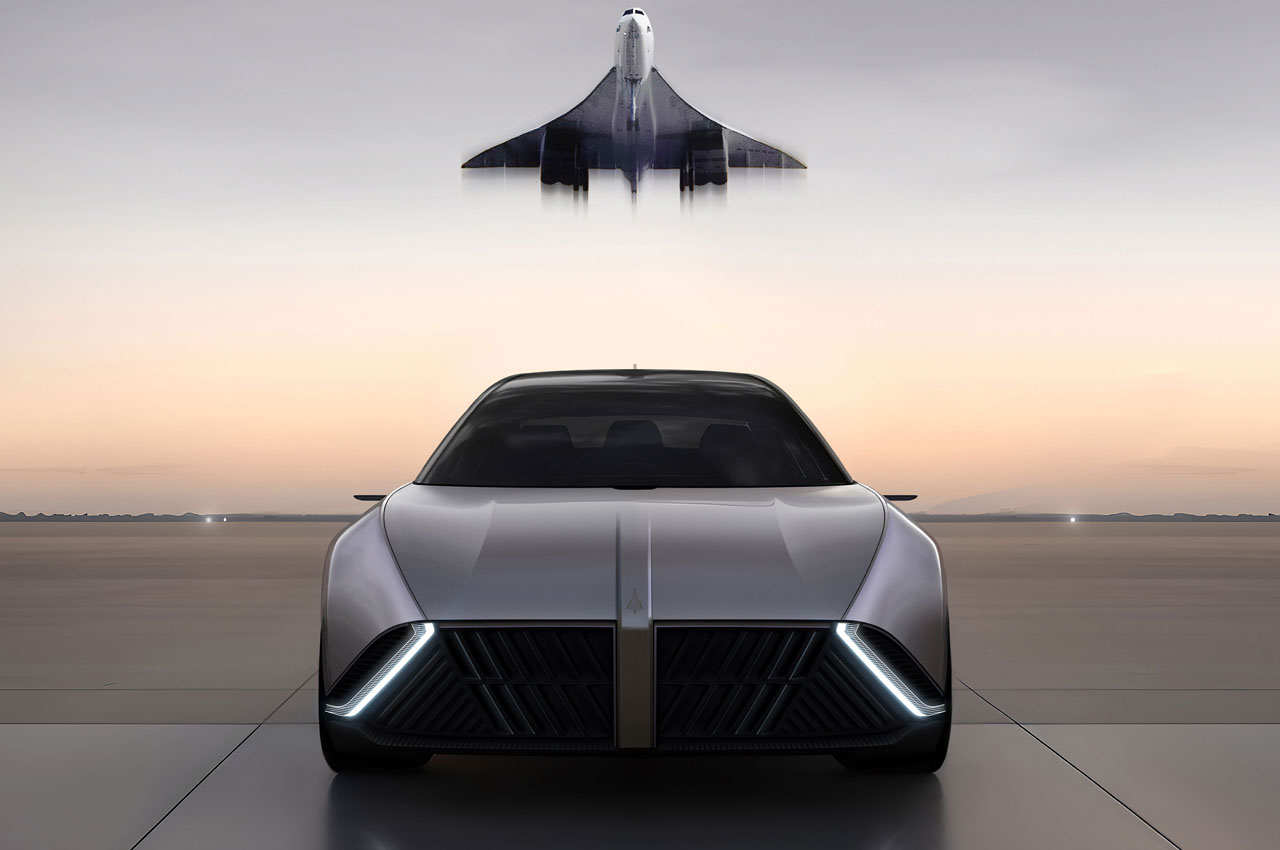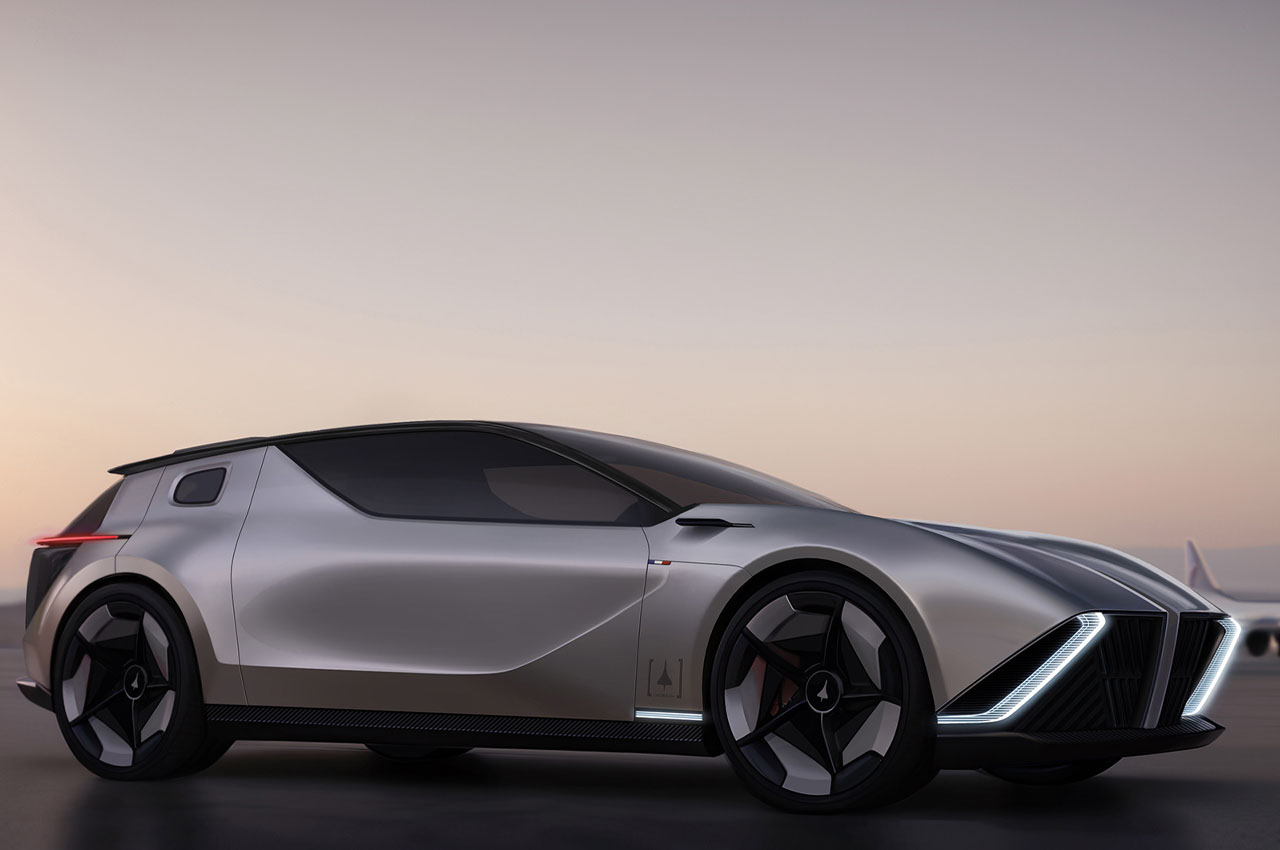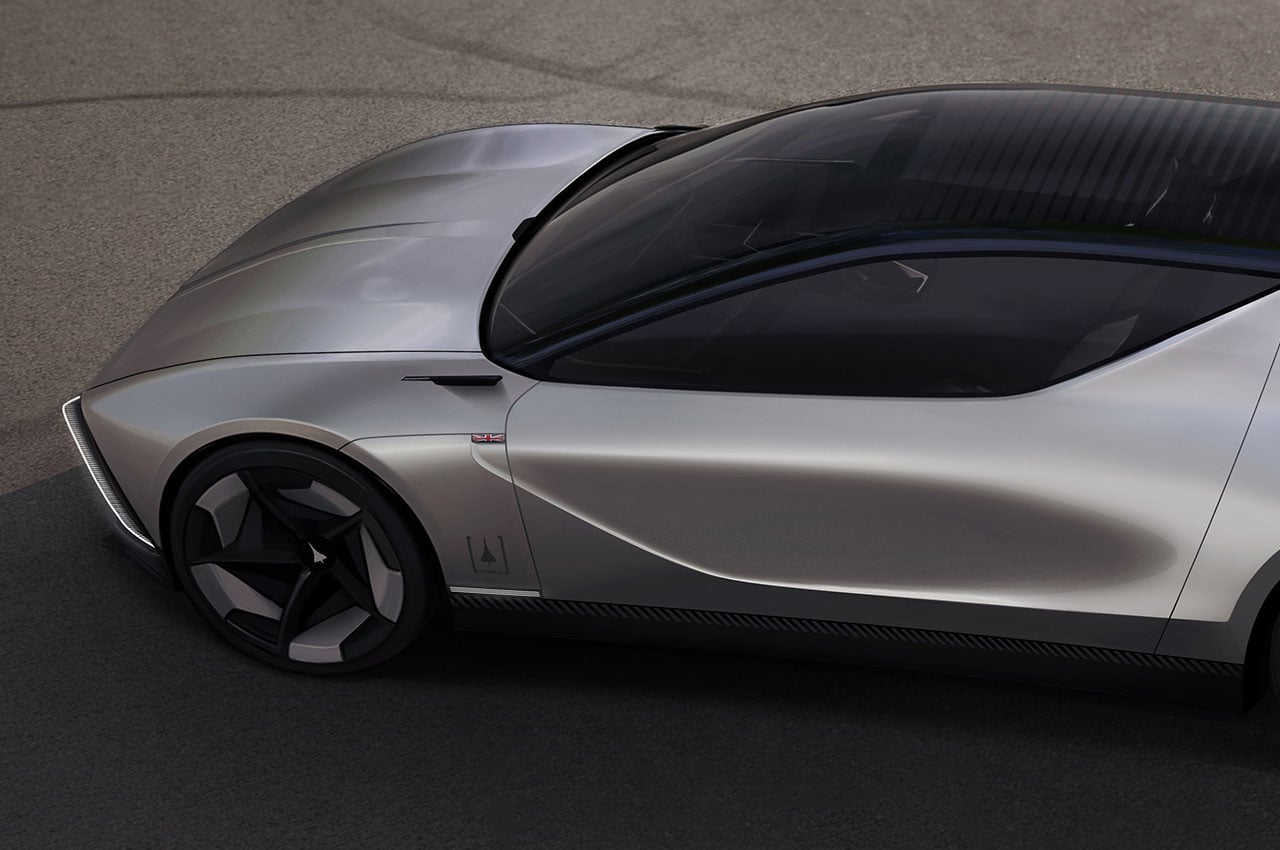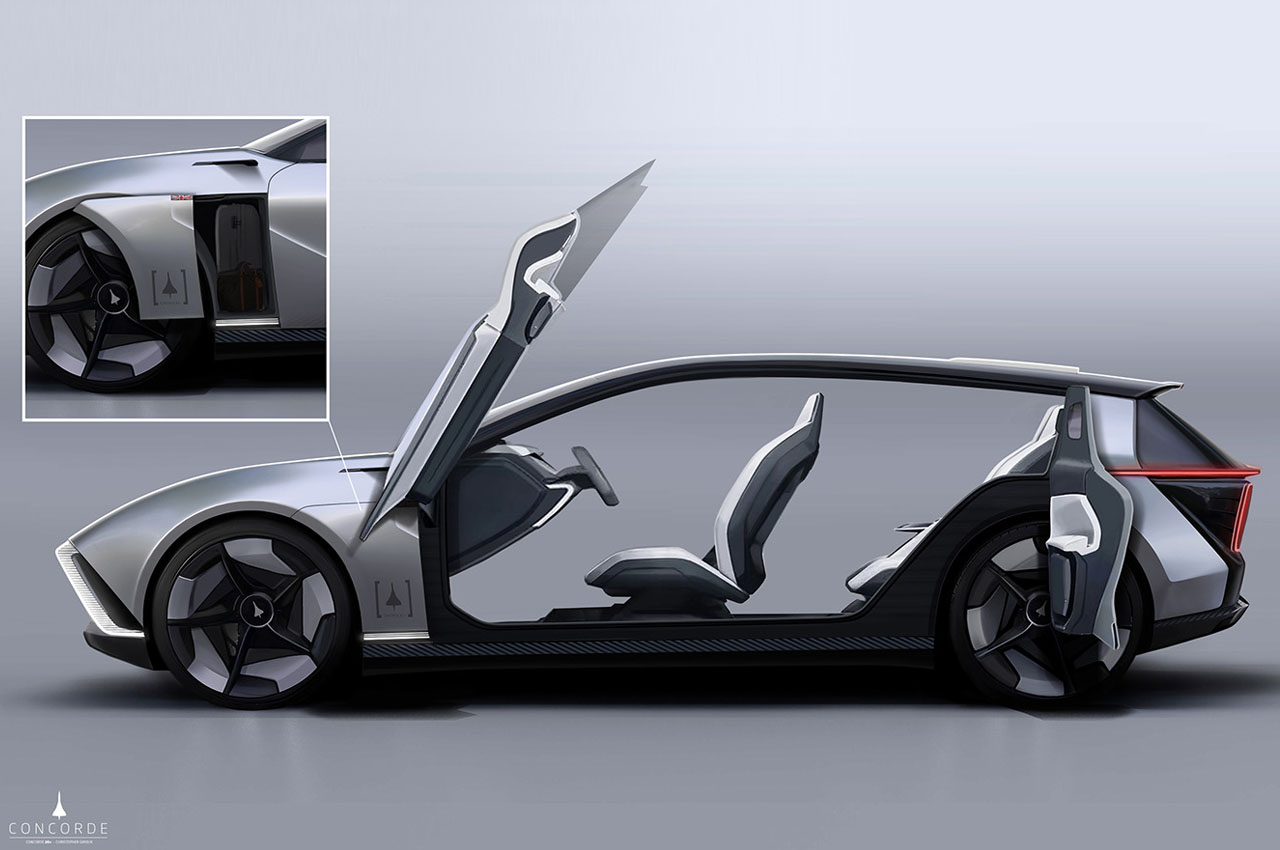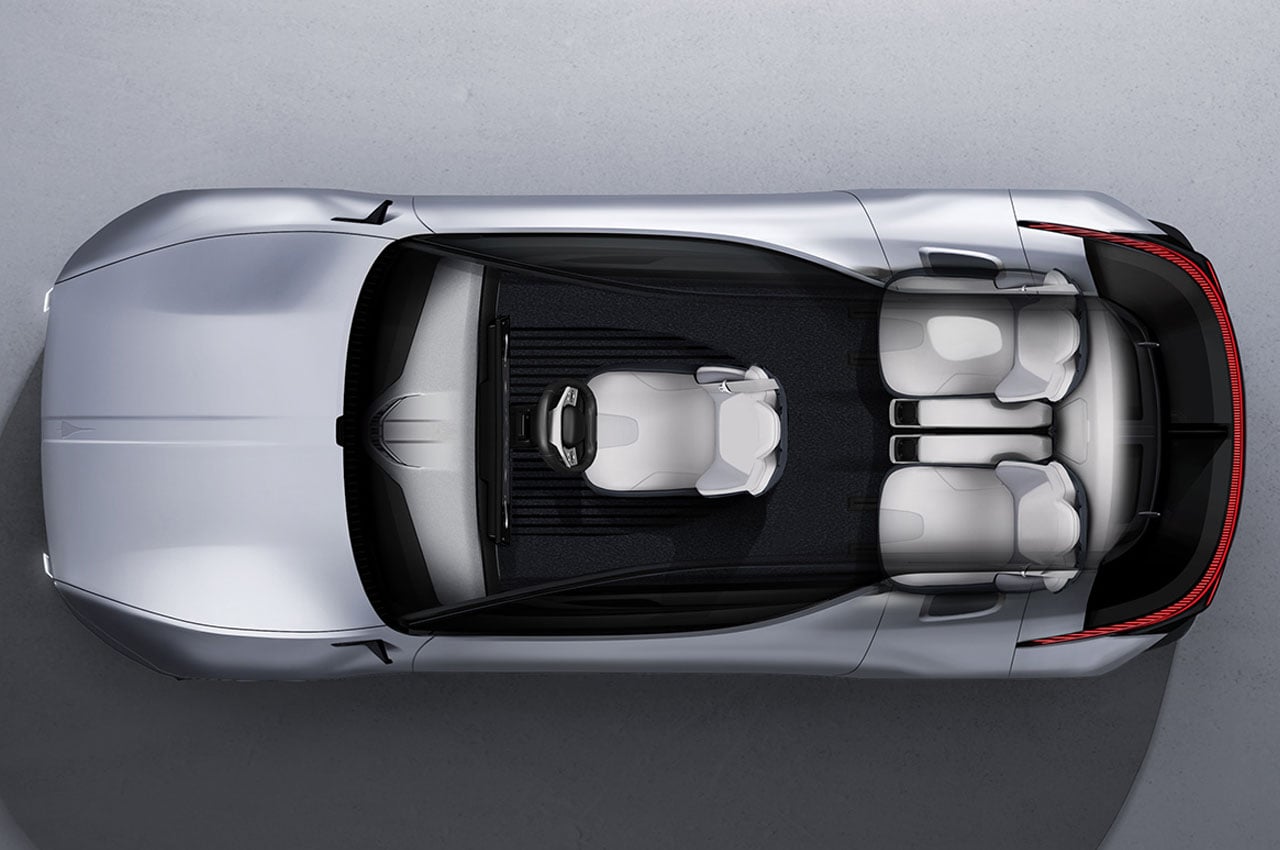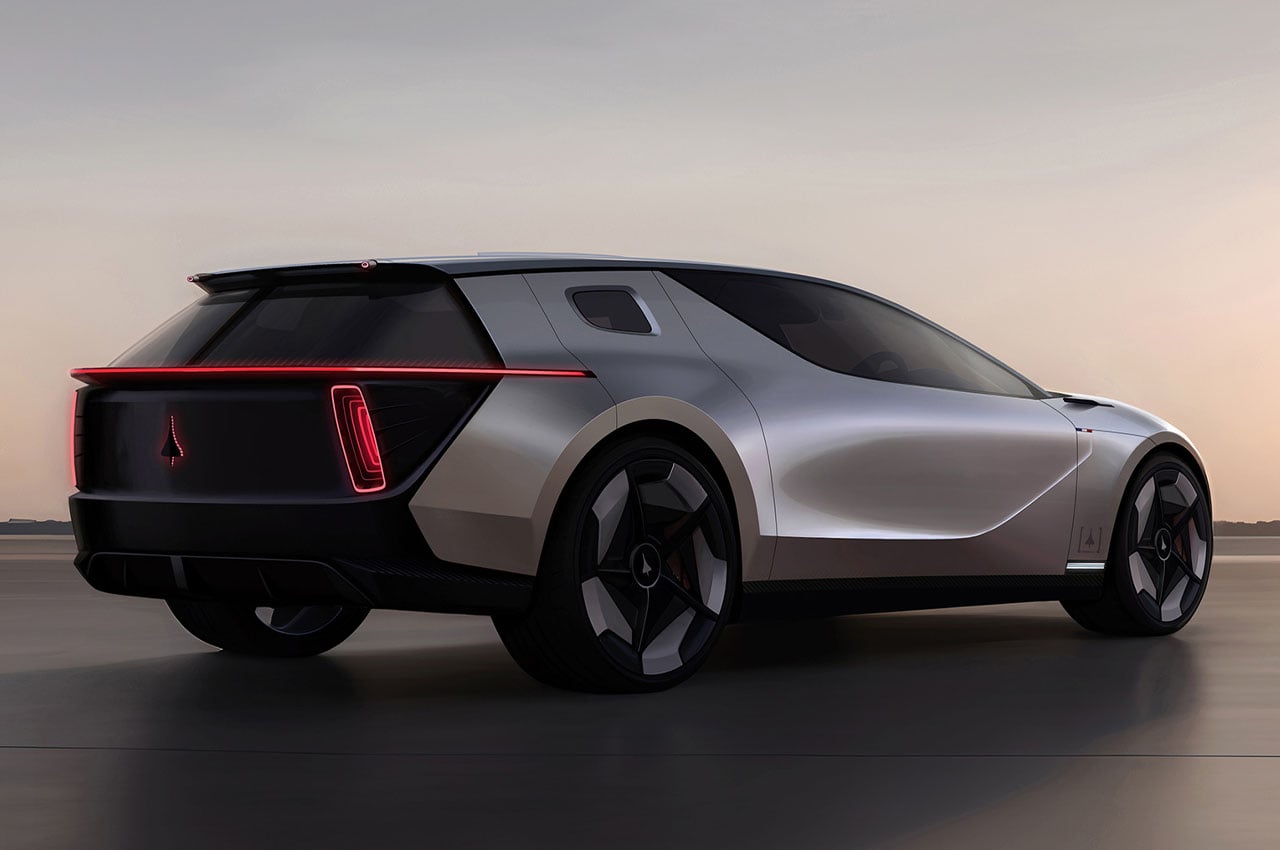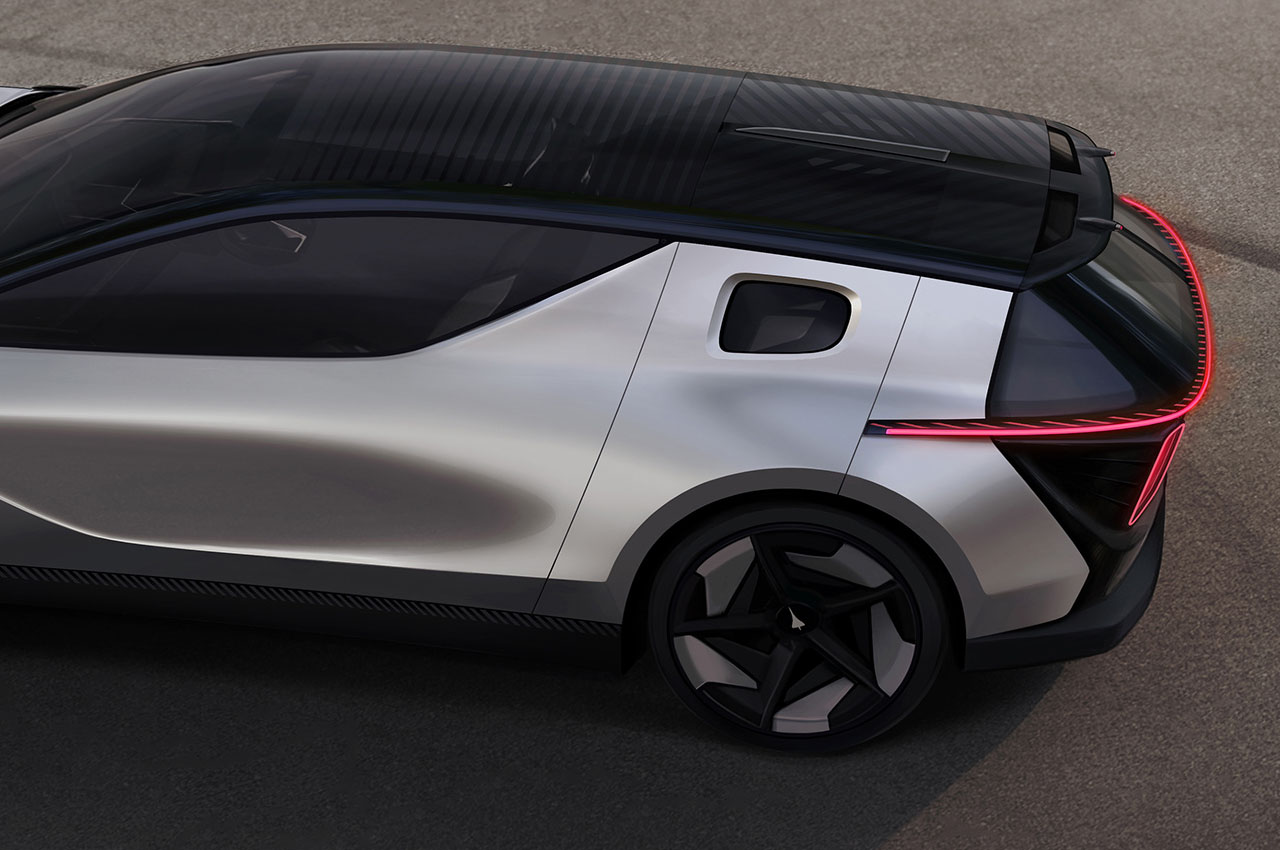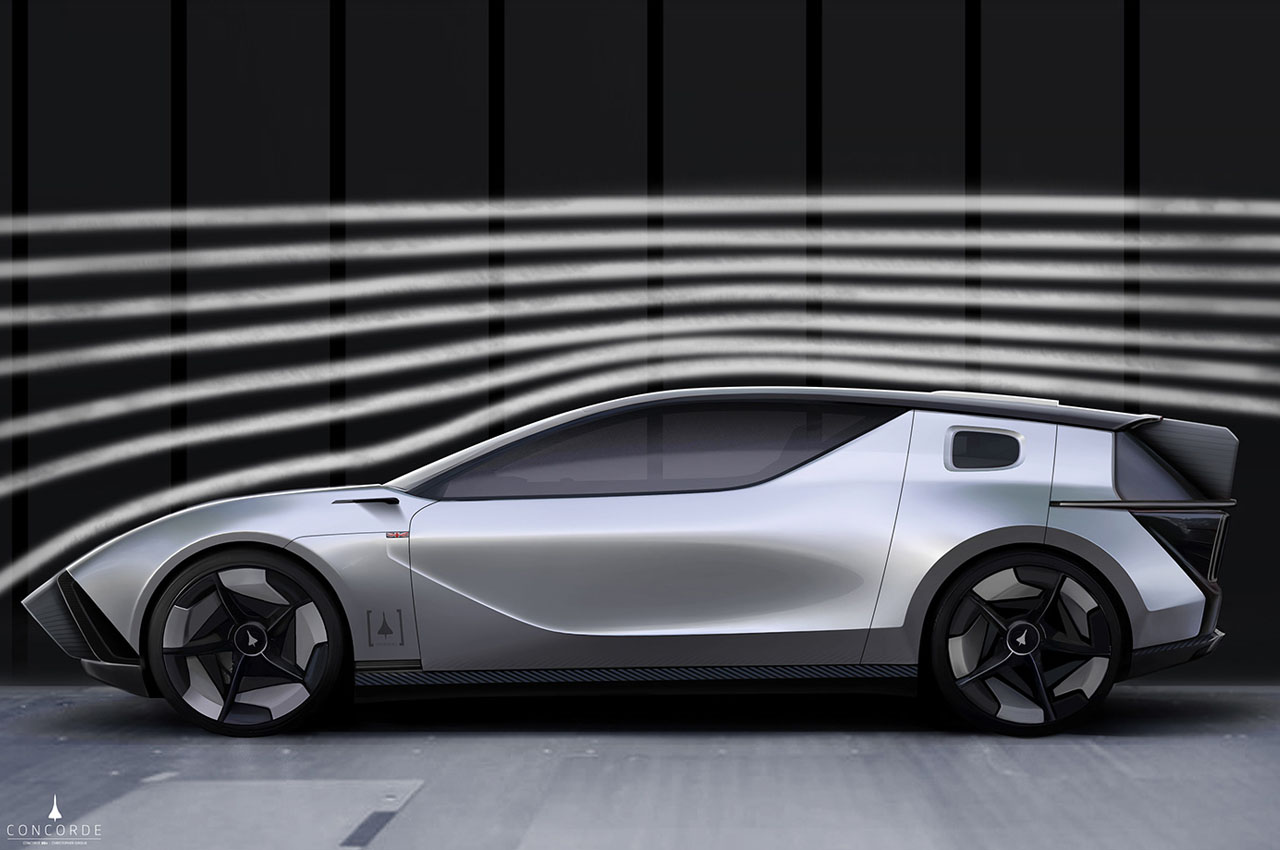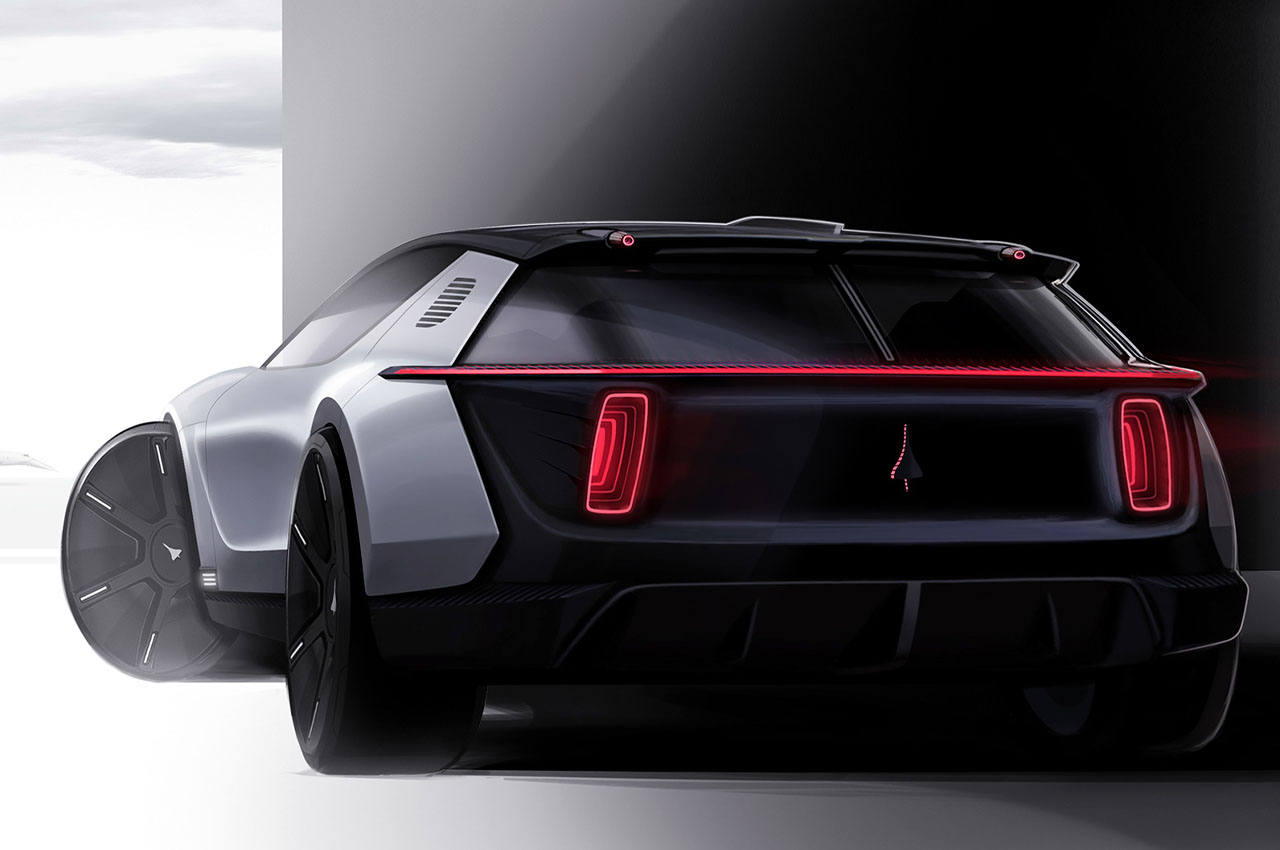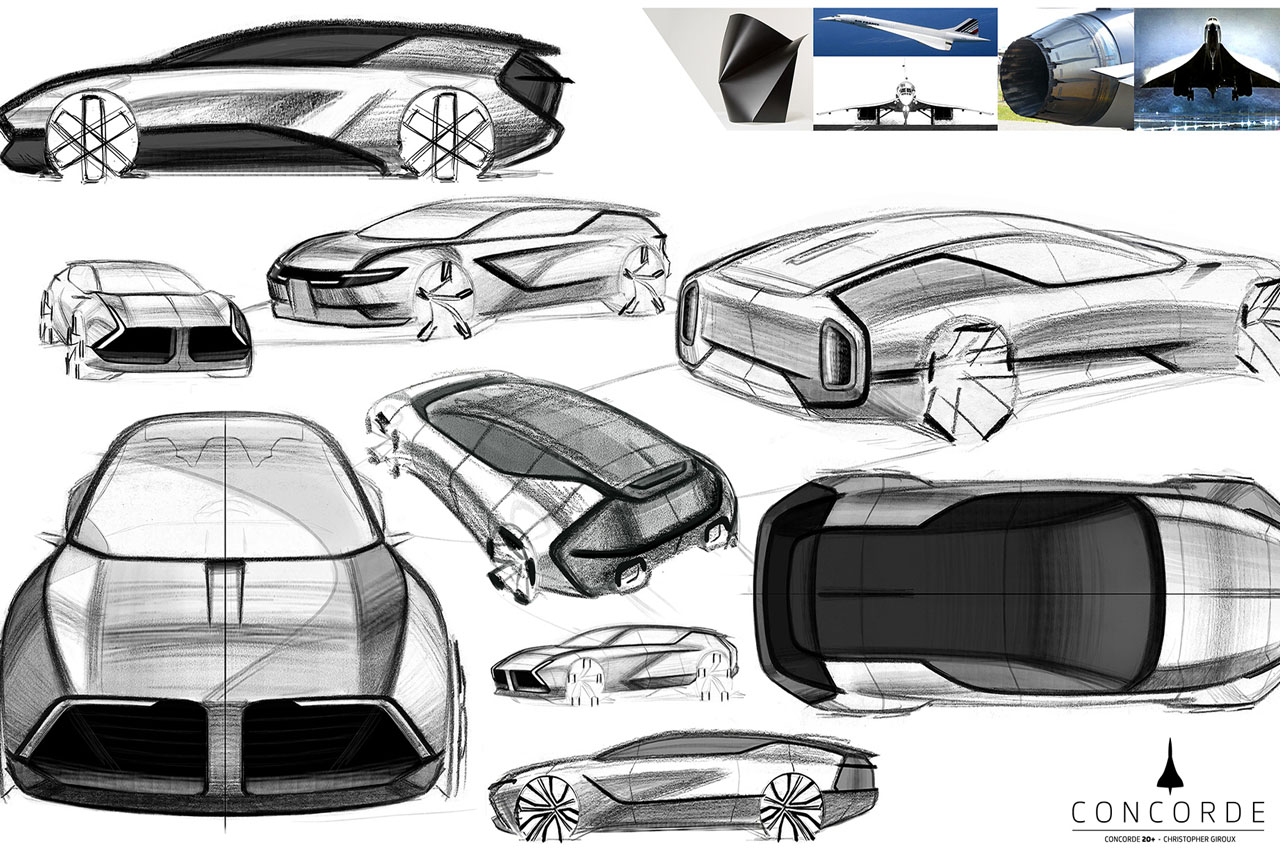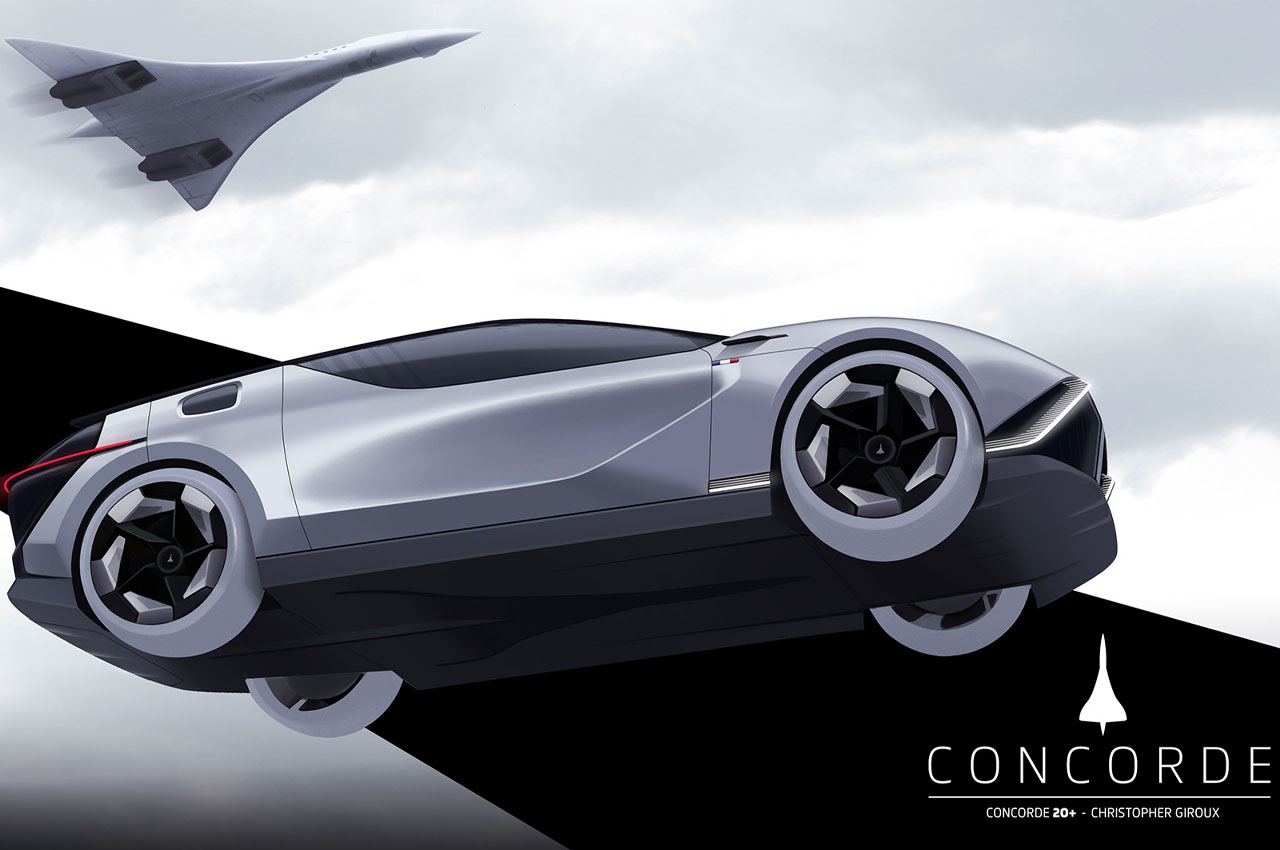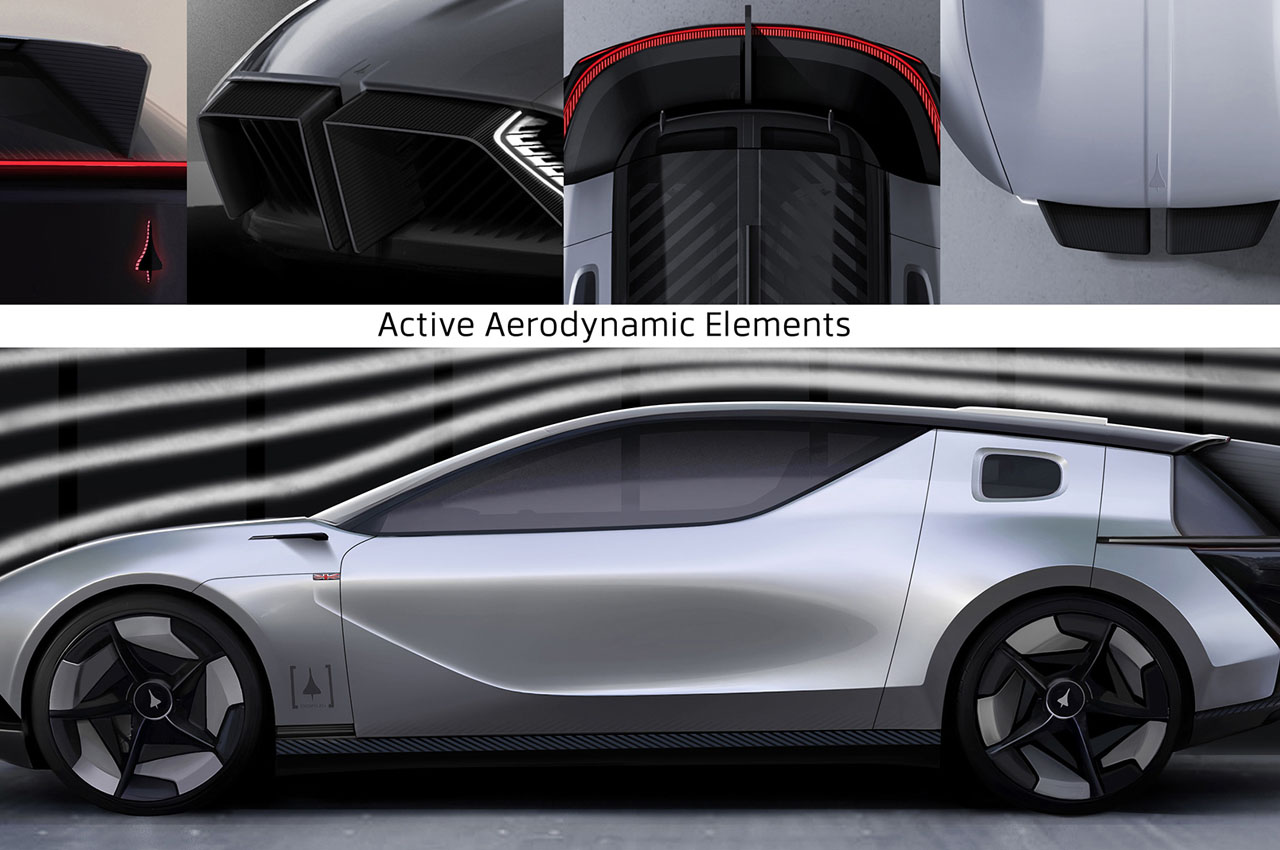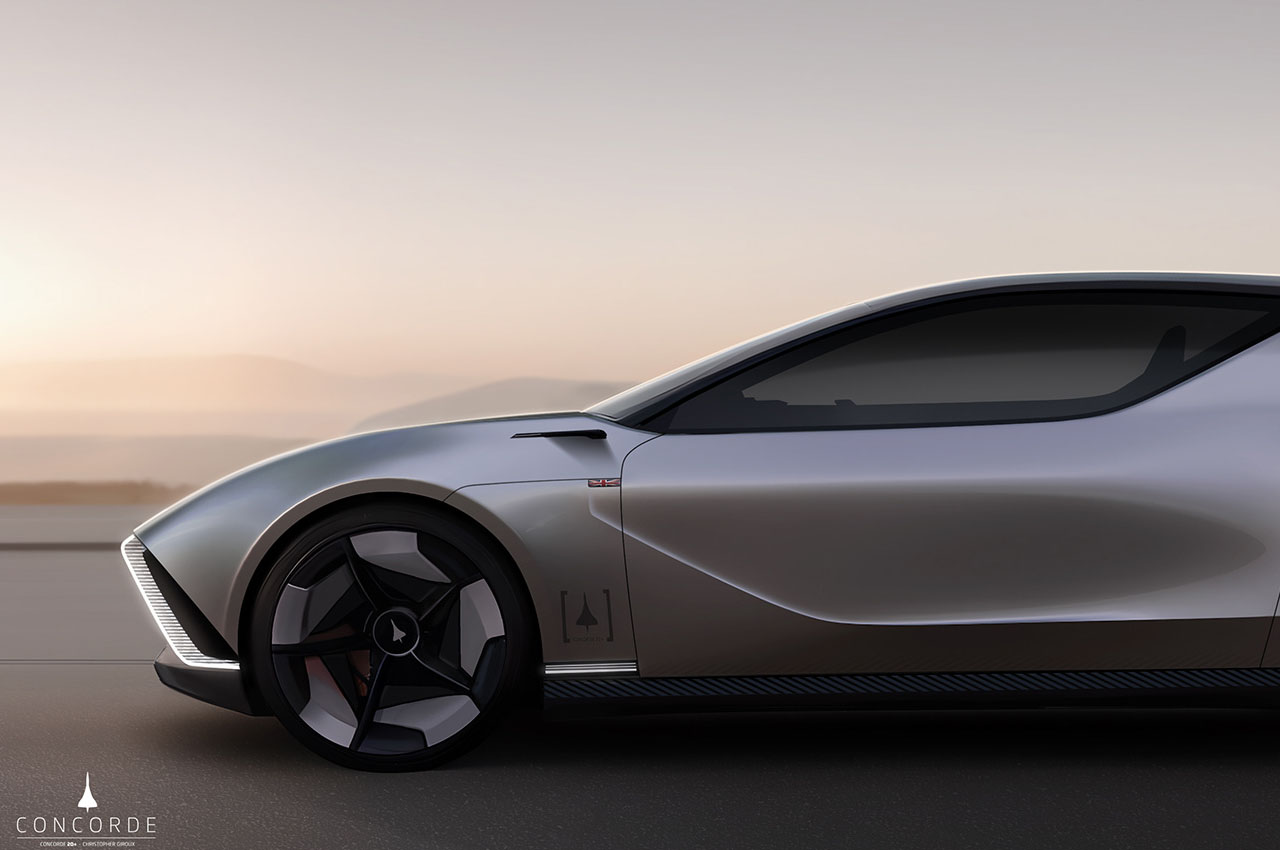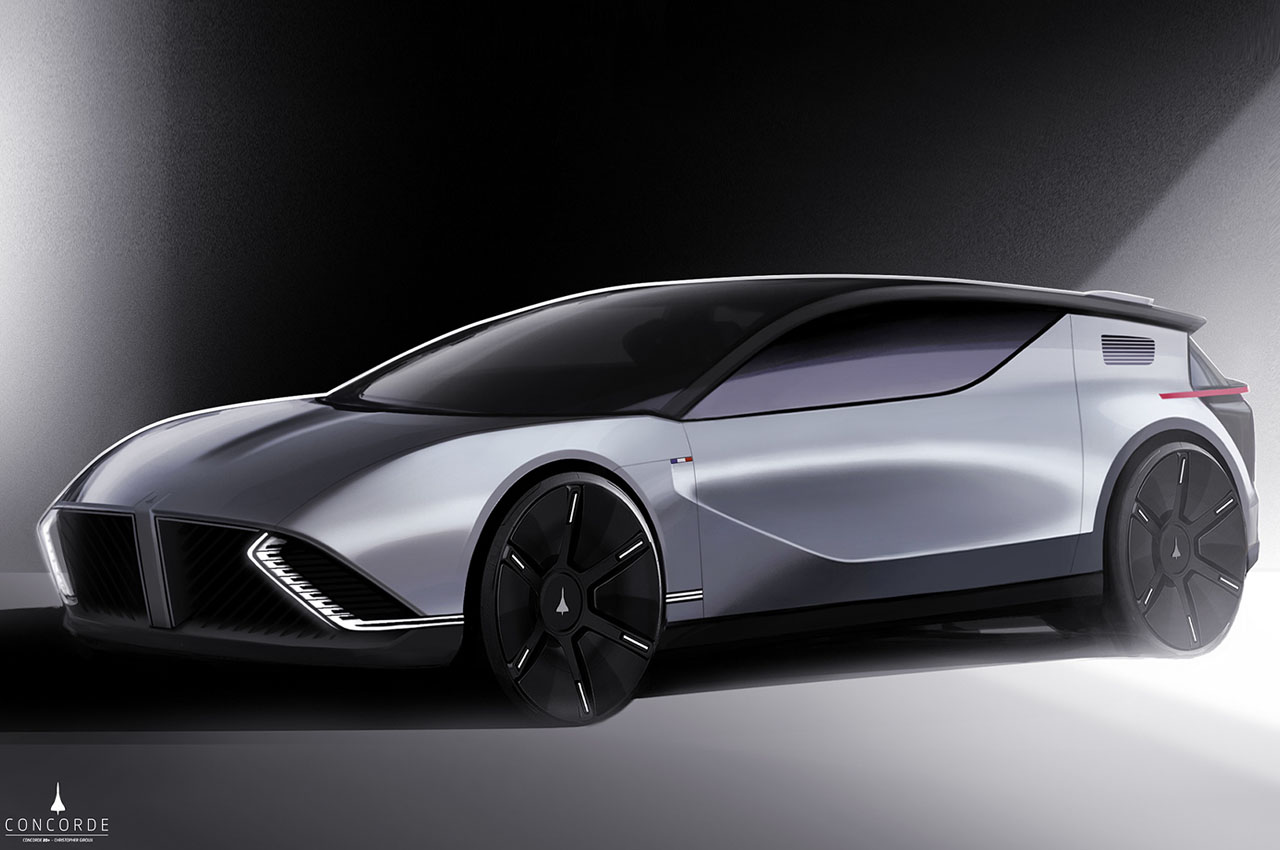
DeLorean Alpha5 is DMC’s take on the electrified future, all set to release the modern roadster later this year. The interest in an electric version of the iconic car, made famous by the Back to The Future franchise, took a long time to materialize, but finally, it did.
Coming back to the present, the EV still has some months to roll off the manufacturing lines. Perhaps the perfect time for Electrogenic (UK-based EV conversion specialist) to release a plug-and-play kit for the DeLorean DMC-12. As surreal as that might sound, this drop-in solution will beef up the performance of the otherwise coughing DeLorean. The company has previously designed specialized kits for famous models like Land Rover, Porsche 911, Jaguar E-Type and a custom 1929 Rolls-Royce Phantom II for Jason Mamoa.
Designer: Electrogenic
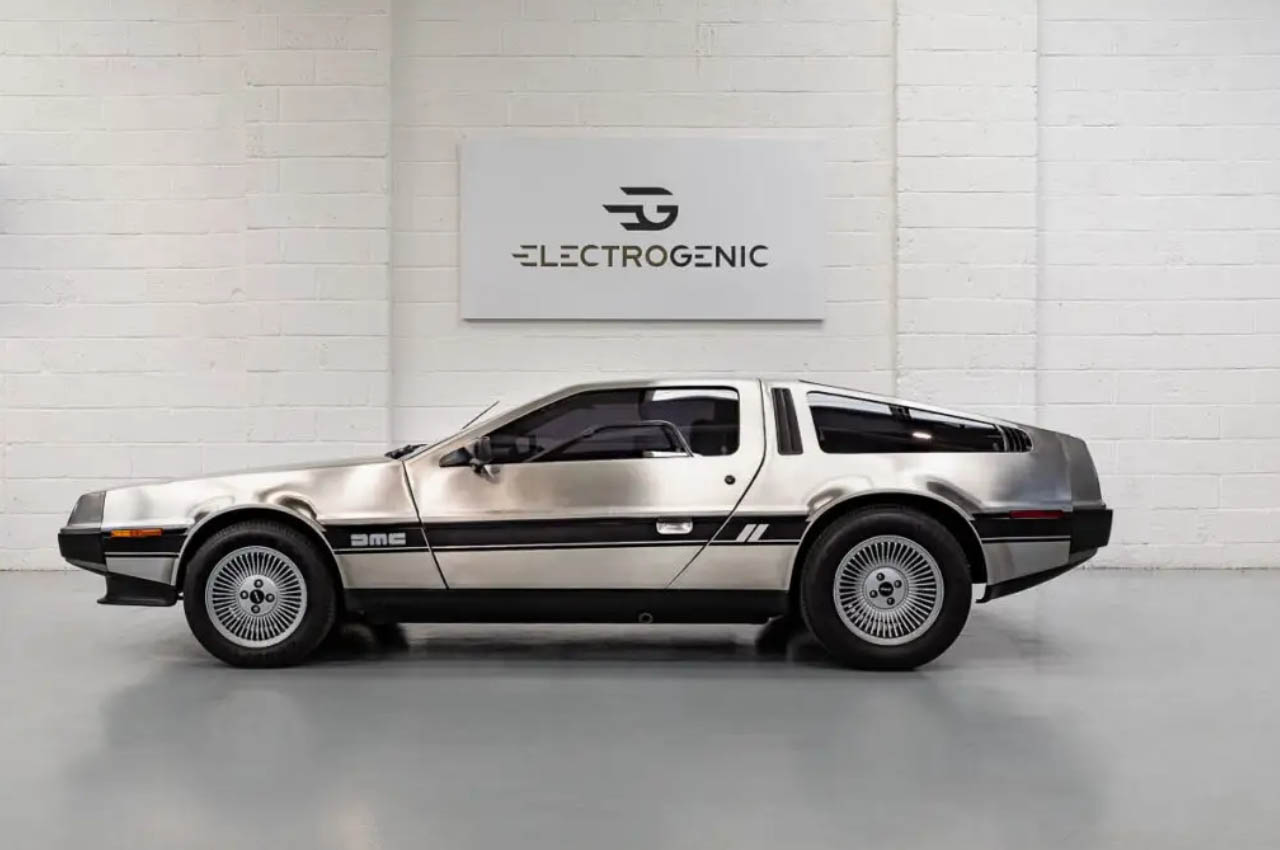
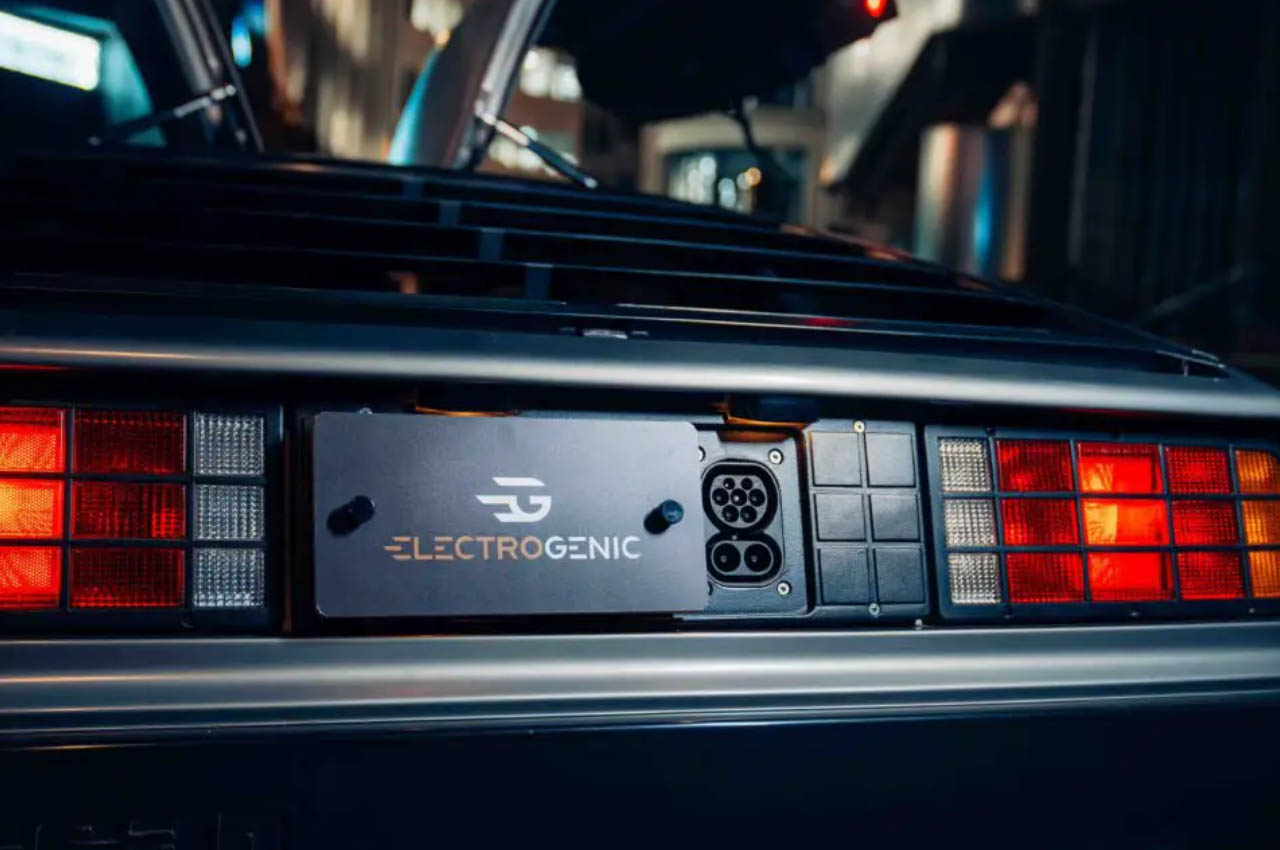
Well before the Cybertruck honed about the stainless steel exterior, the DMC-12 had it back in the late 1970s. Now Electrogenic is revamping the drivetrain of the gull-winged car and making clever changes to the overall design. All this while maintaining the integrity and signature DNA of the original vehicle. While the official electric DeLorean coming to life pretty soon has a futuristic aesthetic, different from the original, this kit will preserve most of what made it a cult favorite.
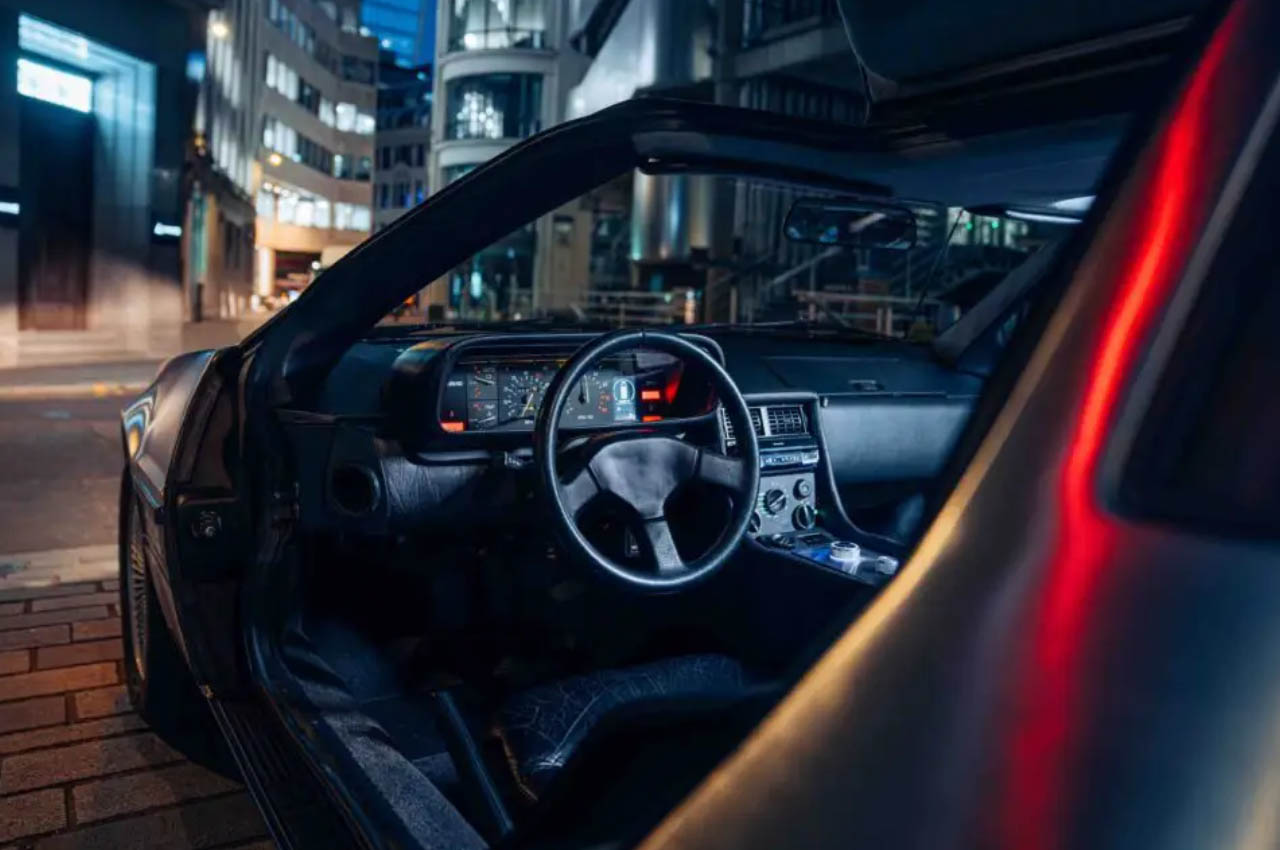
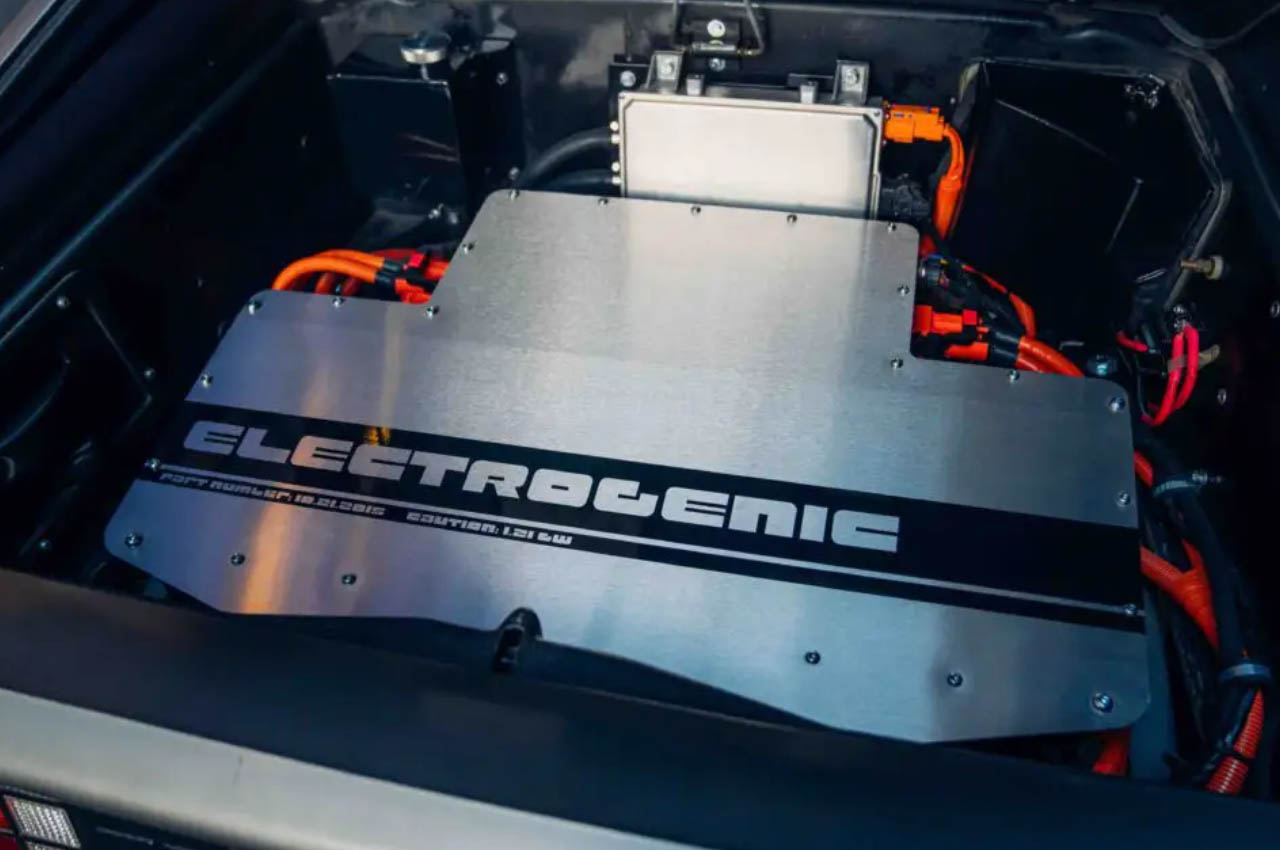
Designing an electric drivetrain for any car model is no ordinary feat, let alone doing it for a car from the 1980s. The company states that its version is future-proof and is completely reversible if the client doesn’t like it for some reason. Going back to the old engine seems unlikely for proud DMC-12 owners who’ve decided to take the leap I believe. Coming onto the specifications, the conversion kit has 43 kWh batteries placed right where the original fuel tank would reside. The upgraded DeLorean will have 160 kW of power and 229 lb-ft of torque at its disposal. Like all Electrogenic kits, this one also comes with fast charging capabilities. The only limitation due to the chassis size of the vehicle is the limited range of 150 miles but I’m not complaining.
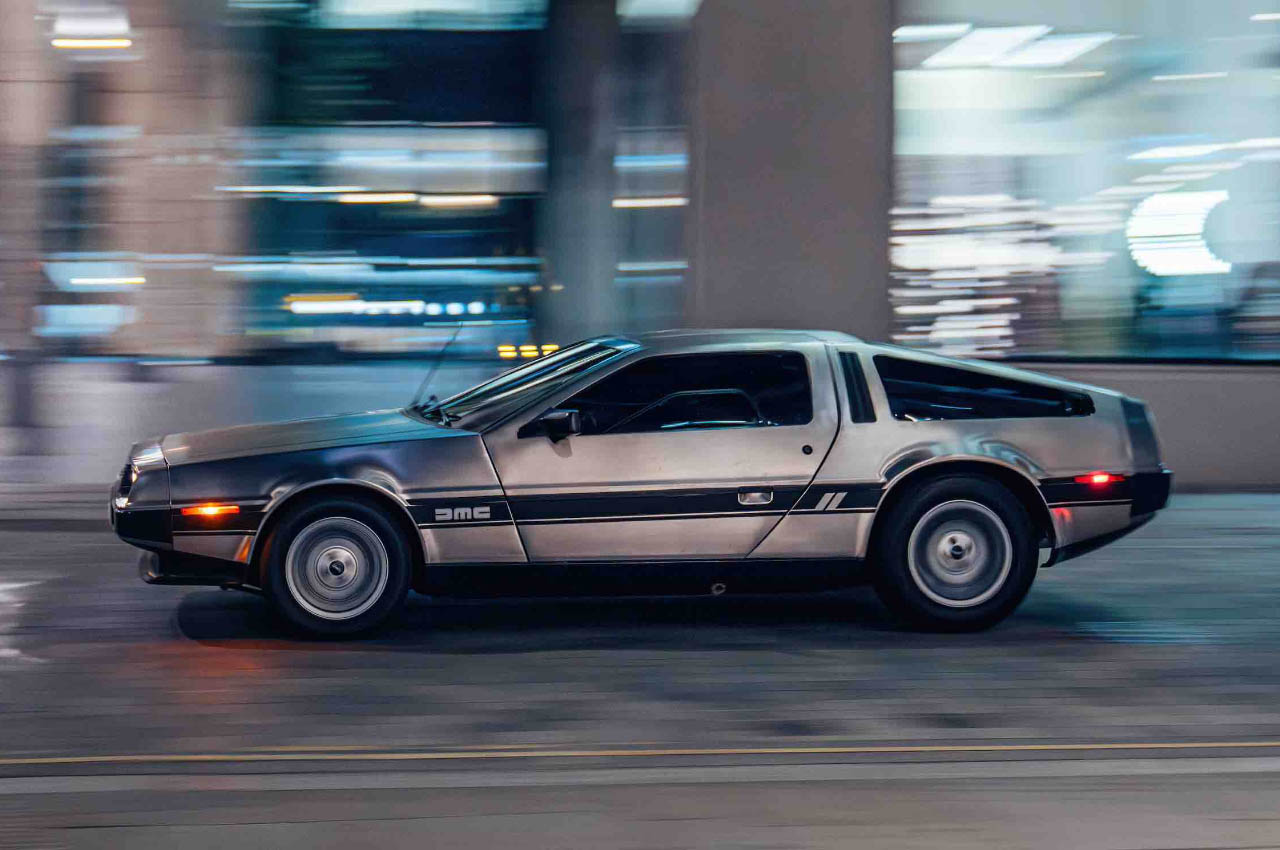
No cutting of the chassis is required as the electric kit’s battery packaging is designed smartly. Although the battery package adds 40kg to the overall weight of the V6 DeLorean, the powerful new electric drivetrain brings down the acceleration time. It will be capable of going from 0-60 mph in five seconds compared to the ten seconds on the original. Modern EV features are also a novelty here with inclusions like regenerative braking and driving modes depending on requirements. On the inside, the car owners can opt for a bespoke virtual dashboard, Launch Control, improved air conditioning or Apple Car Play.
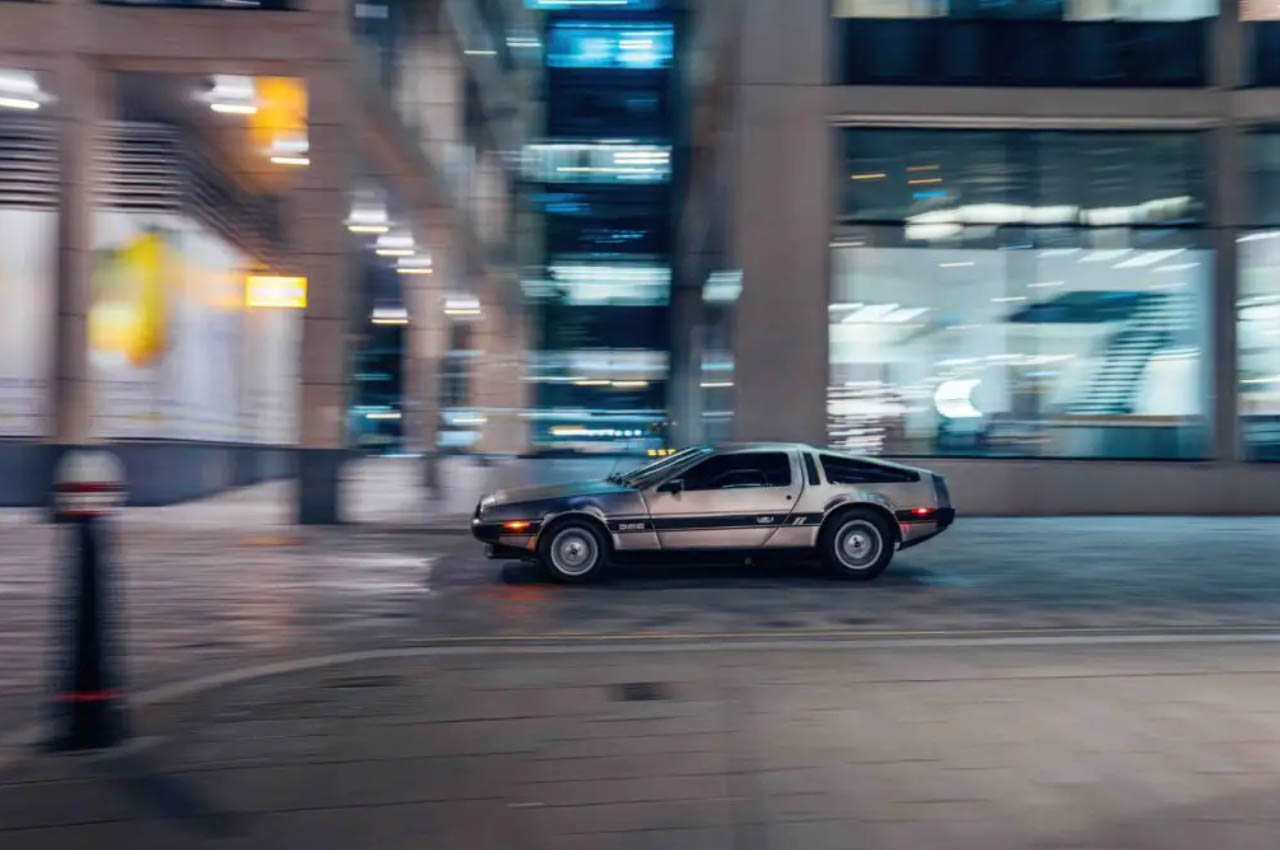
The post Custom DeLorean DMC-12 electric plug-and-play kit breathes clean life into an aging classic first appeared on Yanko Design.
